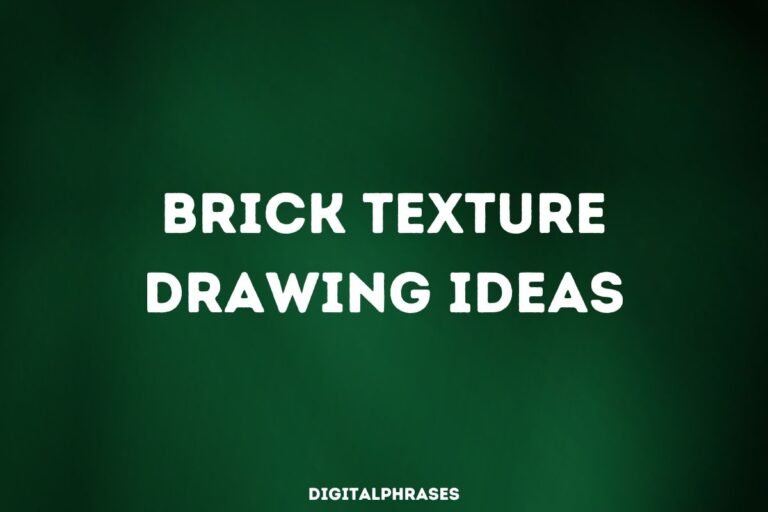54 Male Vampire Drawing Ideas
Welcome to the dark place of the internet where charm and danger are just a bite away!
Whether they’re brooding in ancient castles, stalking the moonlit streets of a modern metropolis, or sipping “red wine” at a midnight gala, these creatures of the night are dripping with style and intrigue.
This blog post offers over some amazing drawing ideas to bring your vampiric visions to life, whether you’re sketching a suave Victorian gentleman, a punk rocker with fangs, or a mysterious loner hiding in the shadows.
So without further ado, it’s time to sink your teeth into some seriously inspiring art!
Male Vampire Drawing Ideas
Closeup of a Vampire Looking Straight at Your Face
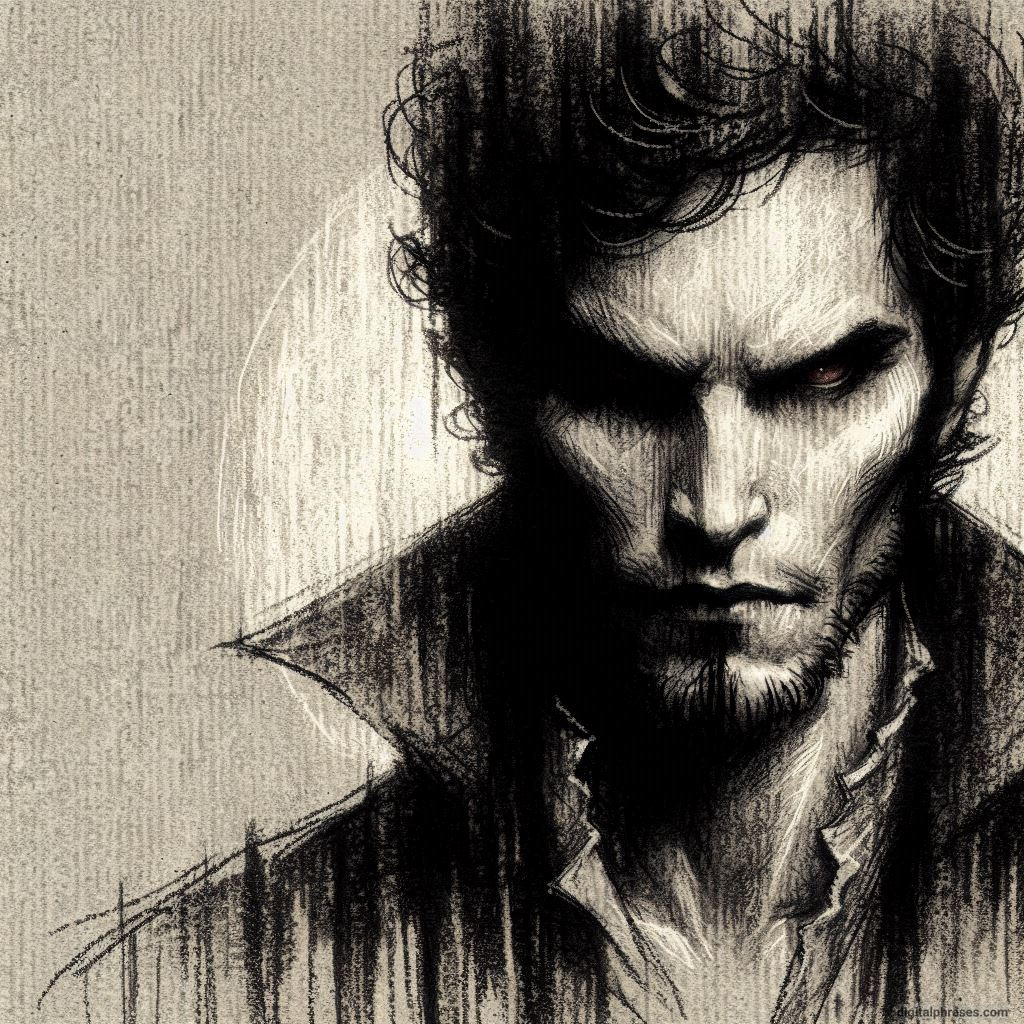
Straight View and Simultaneous Side View of a Vampire
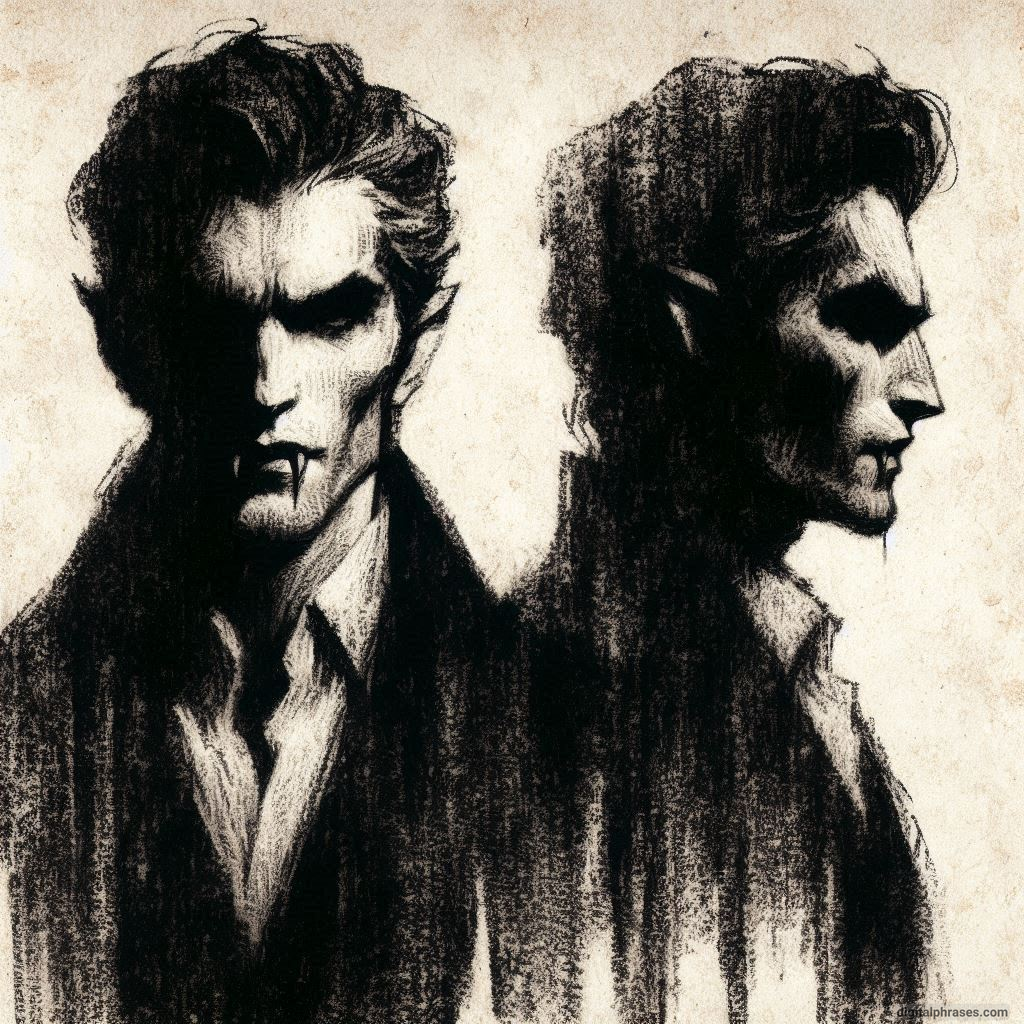
Old Vampire, Slicked-Back Hair, Bearded, With a Moustache
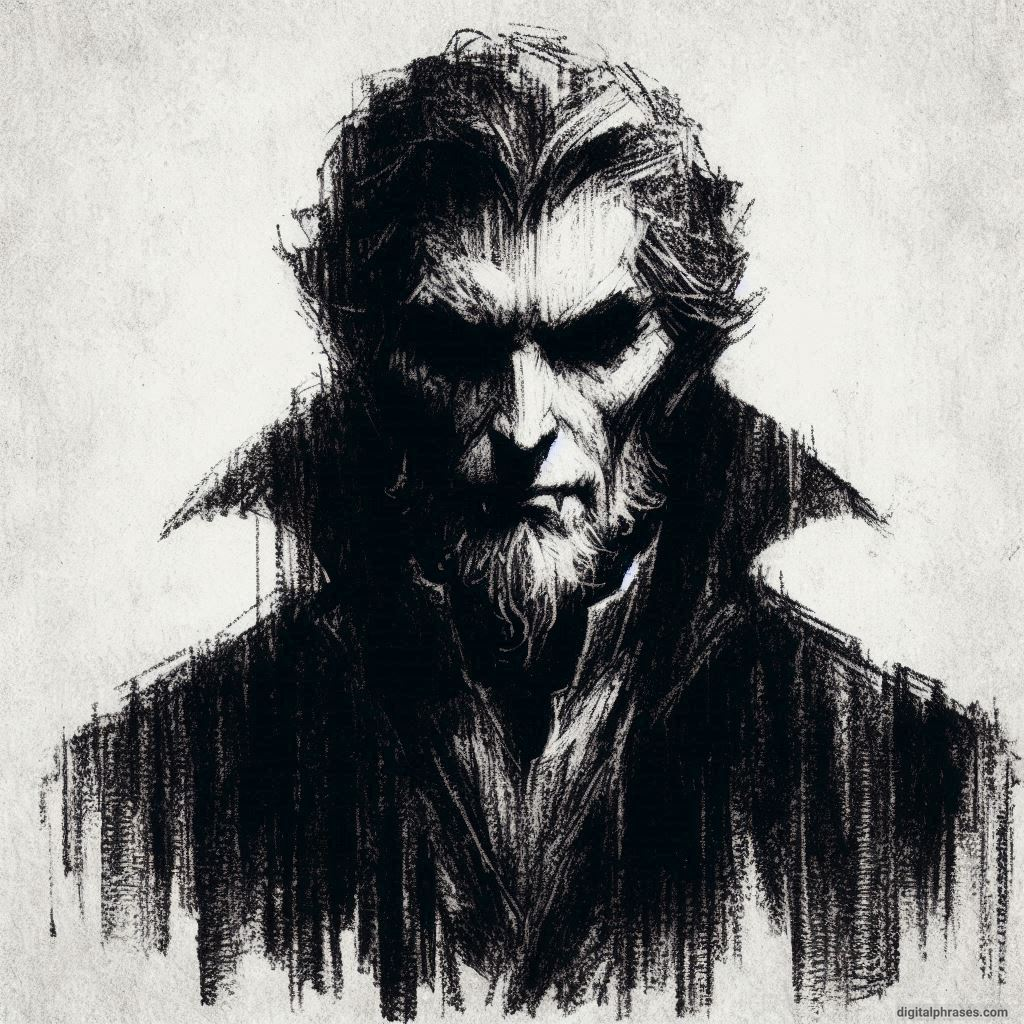
Young Naive Vampire, Well Dressed and Looking at His Fingers

Bust of a Young Handsome Vampire Wearing a High Collar Coat
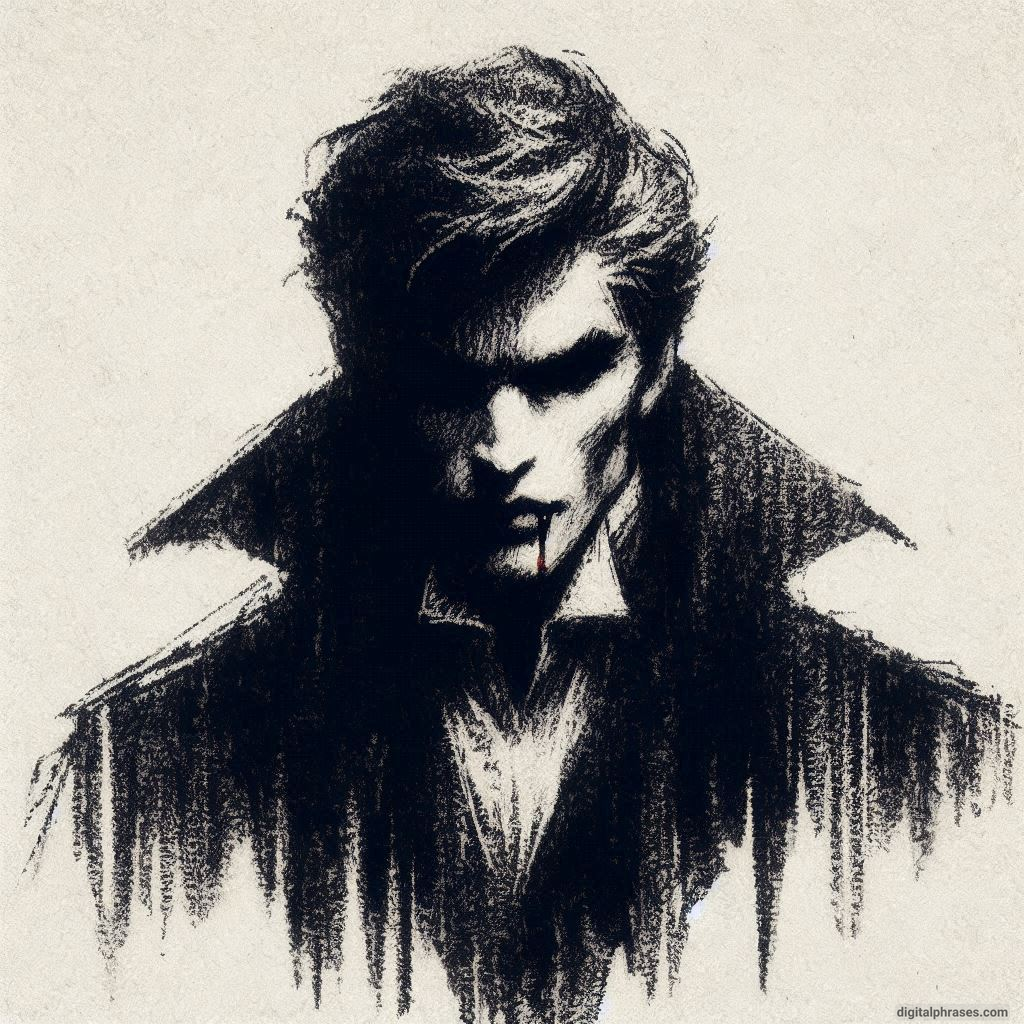
Vampire, Well Dressed, Looking Sideways, Middle Aged
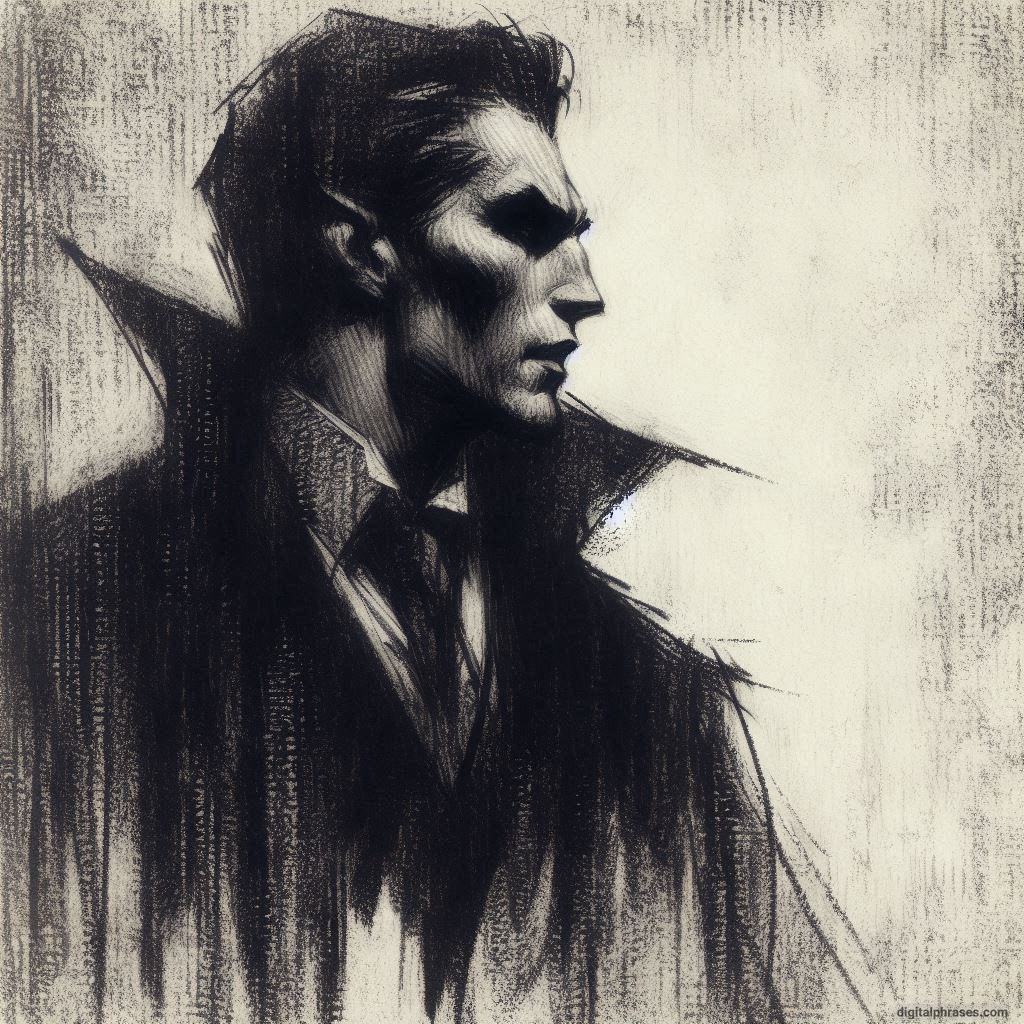
Sad Dejected Vampire, Looking Downwards
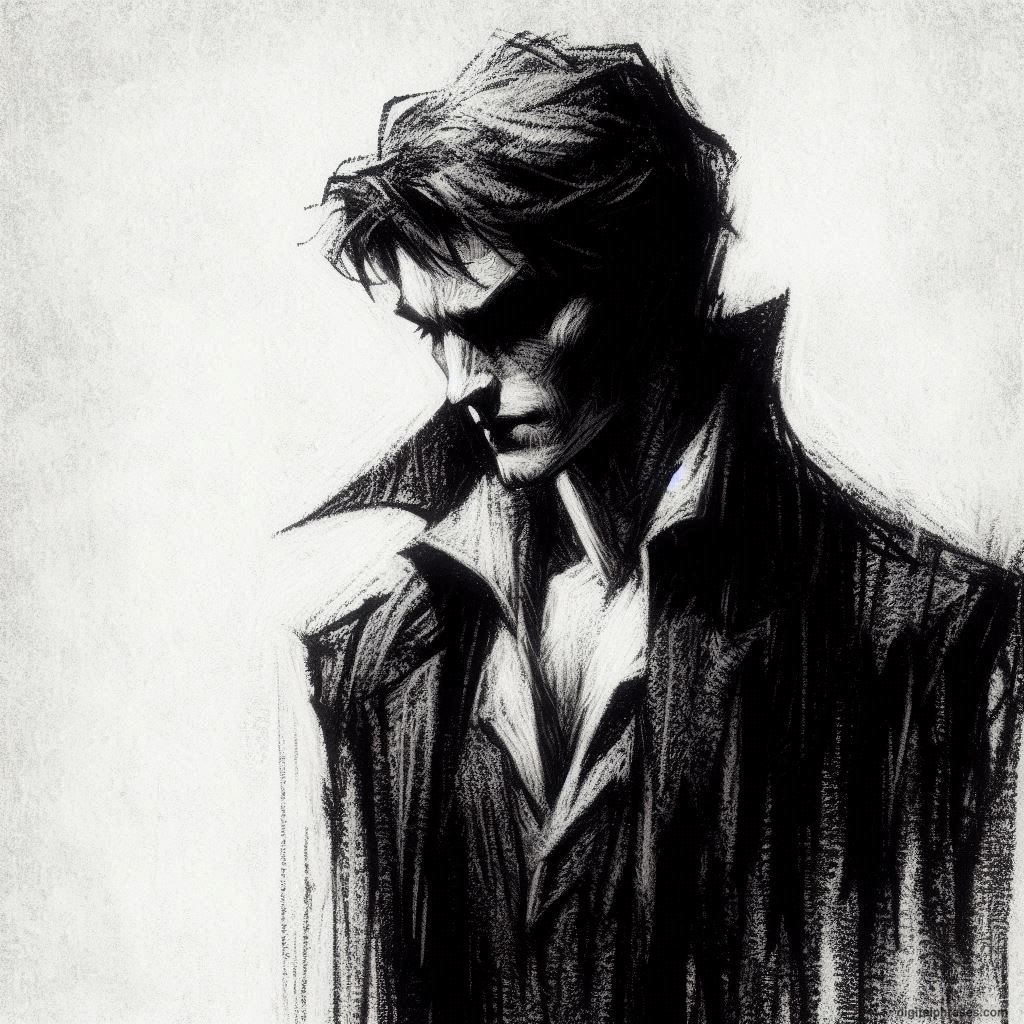
Vampire, Unkempt Hair, Background Fading Away, Clean Shaven Chest
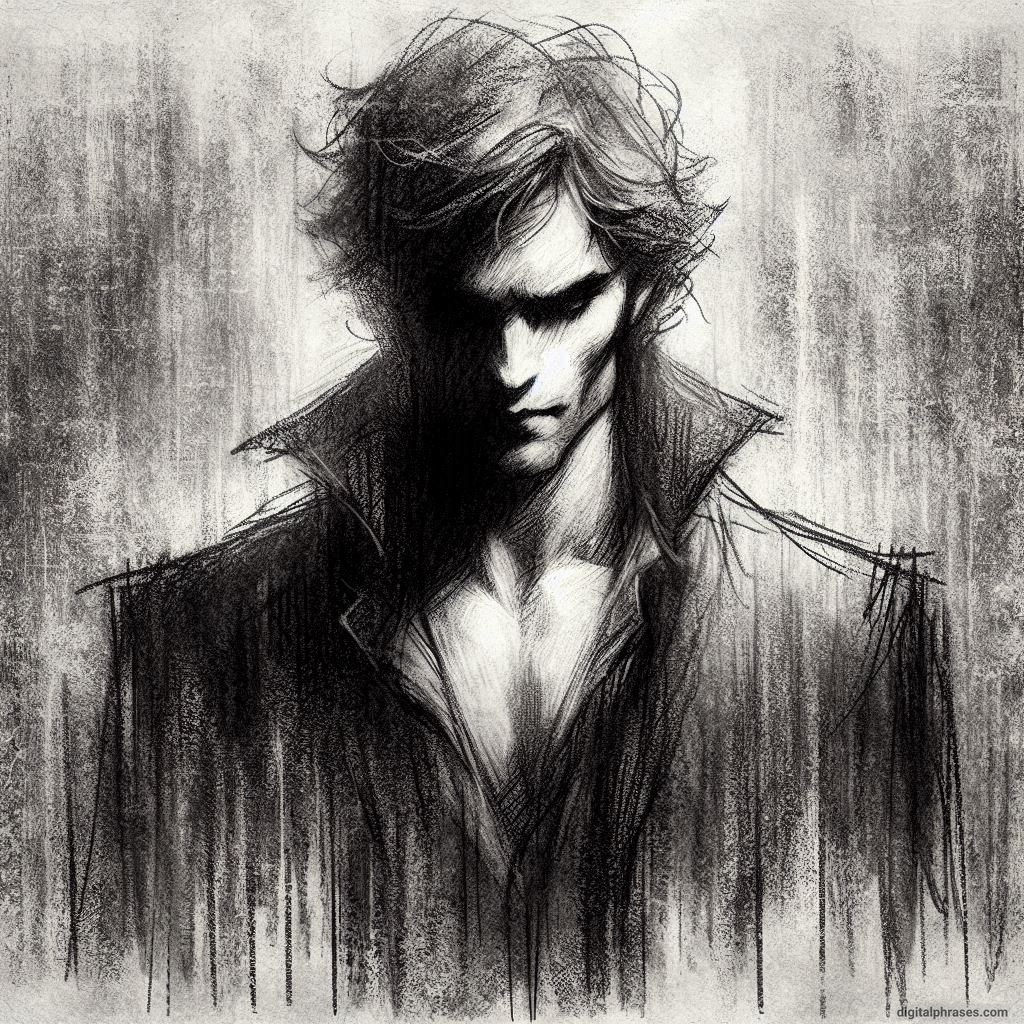
Vampire with Two of His Reflections
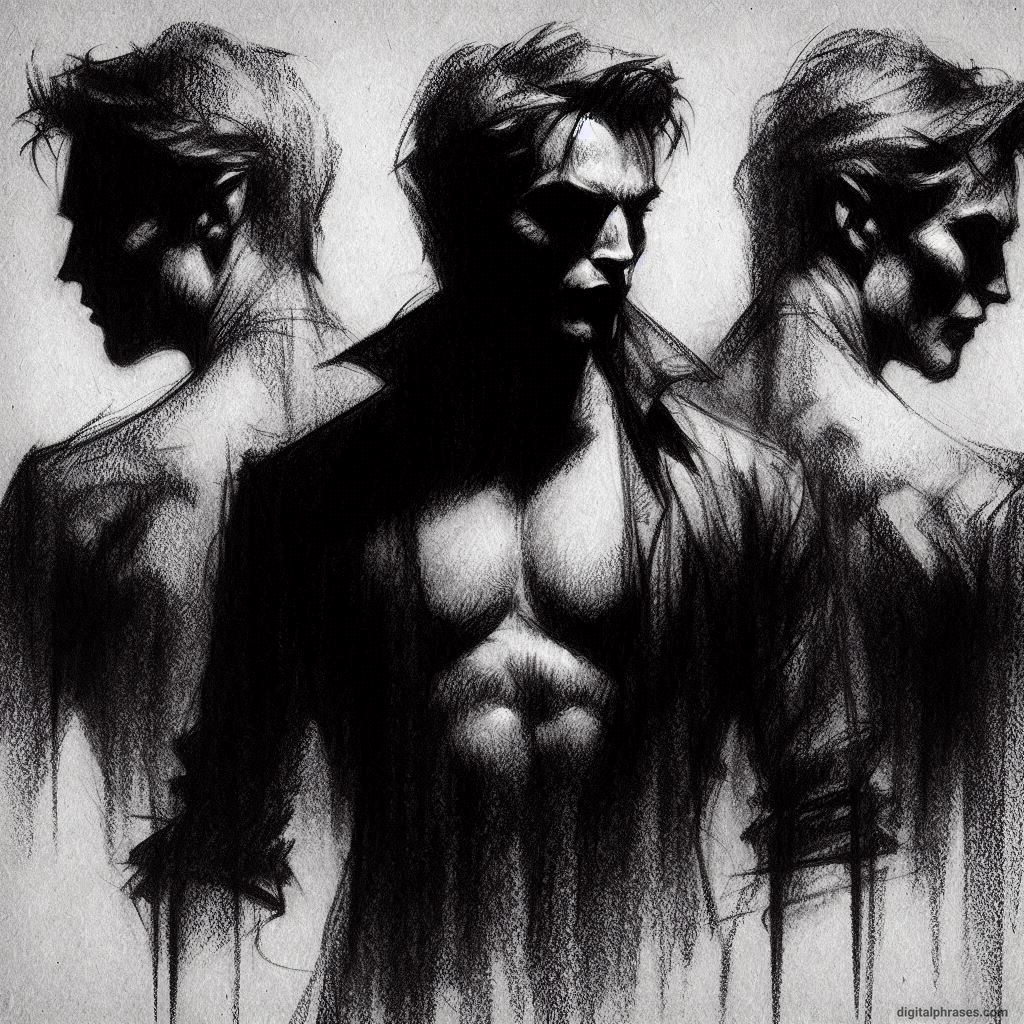
Motionless Still Vampire With a Firm Gaze
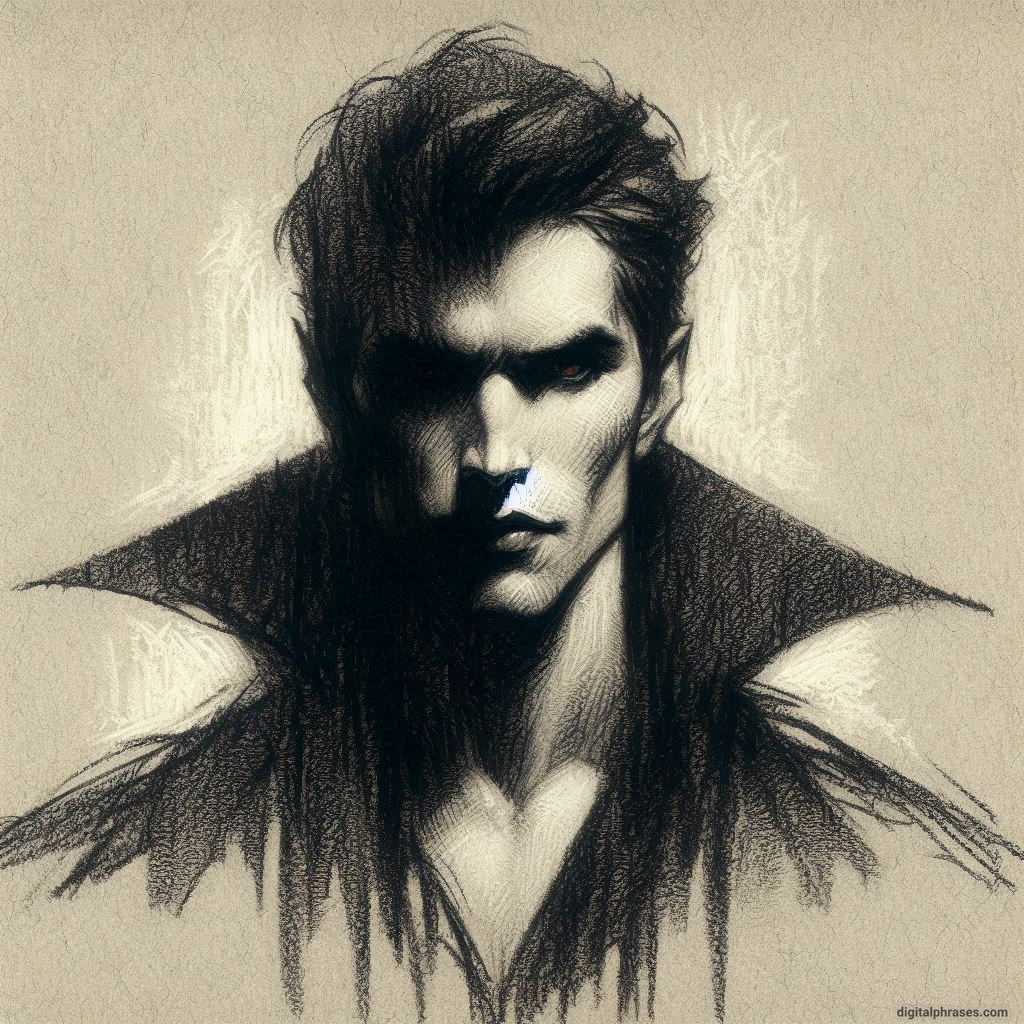
Vampire, Short Afro Hair Showing His Teeth
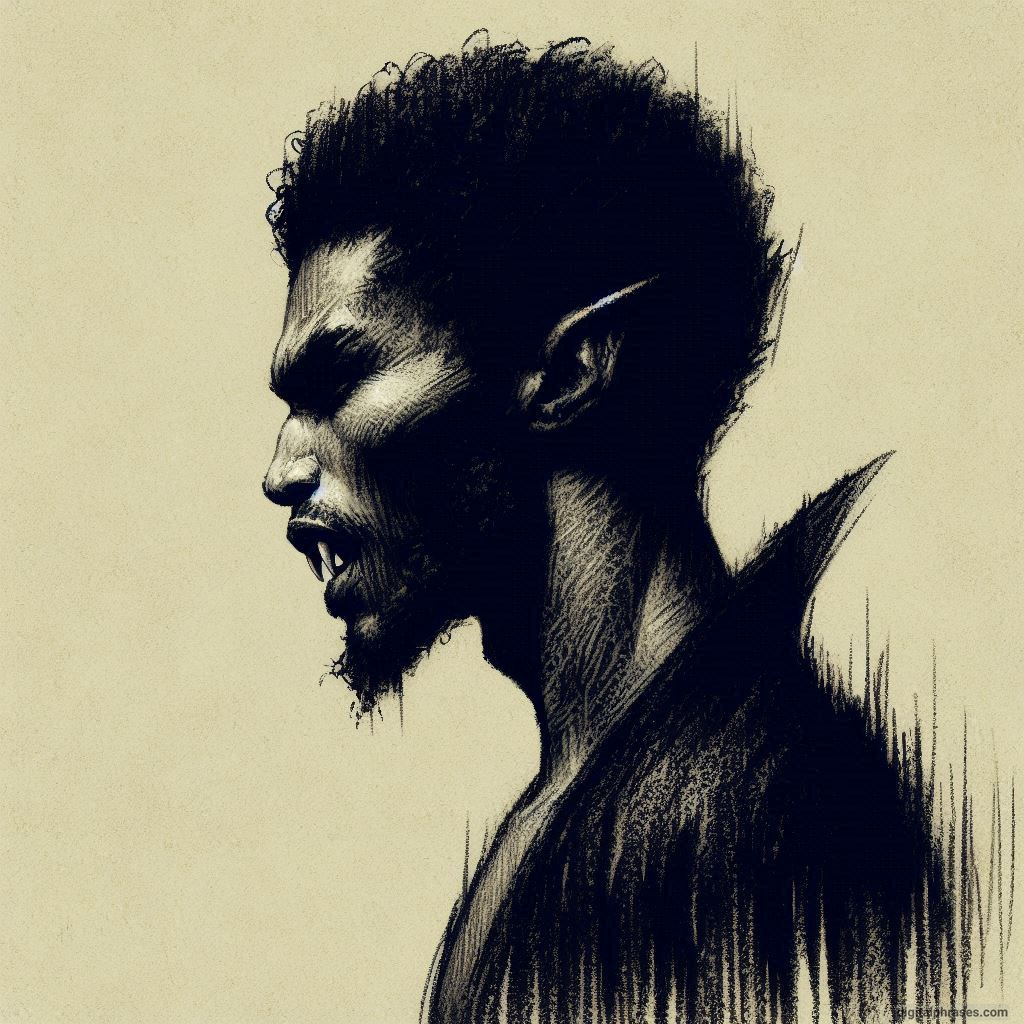
Doodle Of a Vampire Looking Downwards with a Dejected Stance
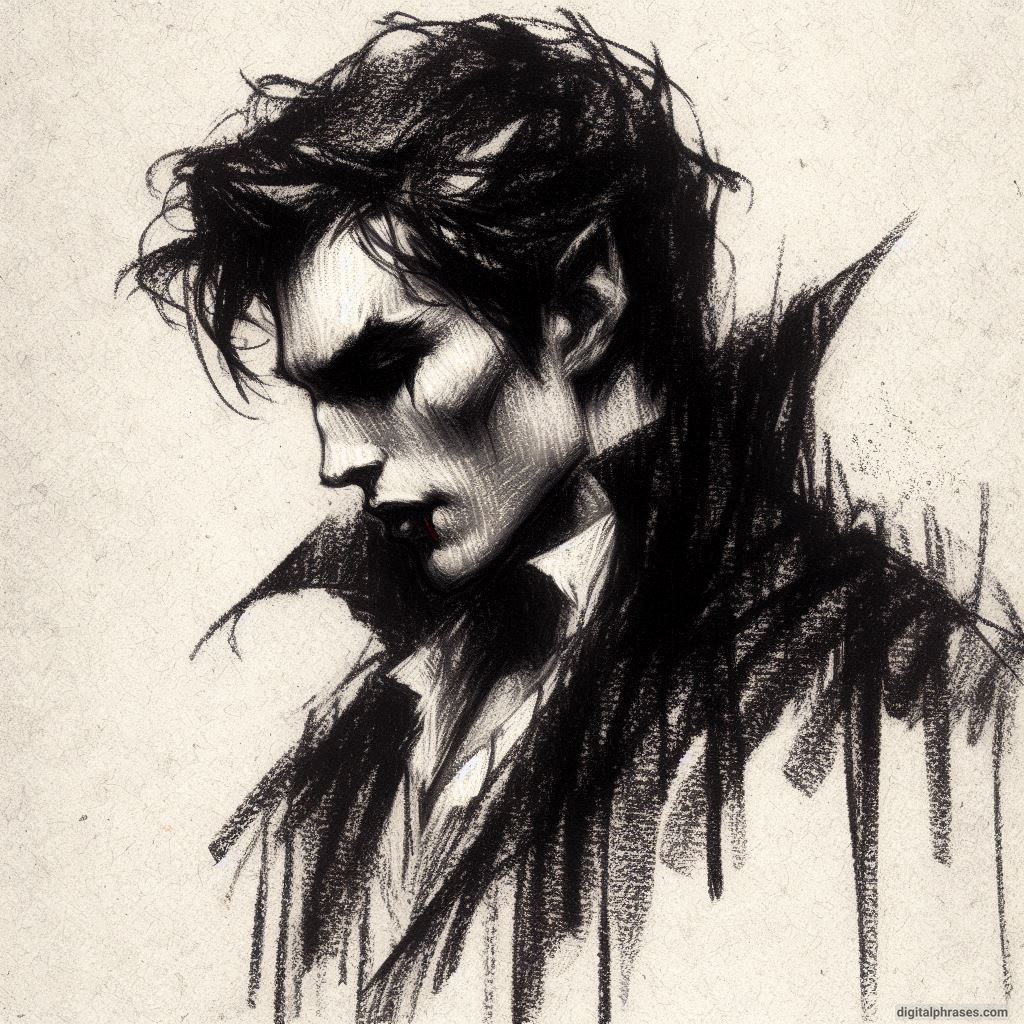
Sideways Doodle of a Vampire Looking Straight
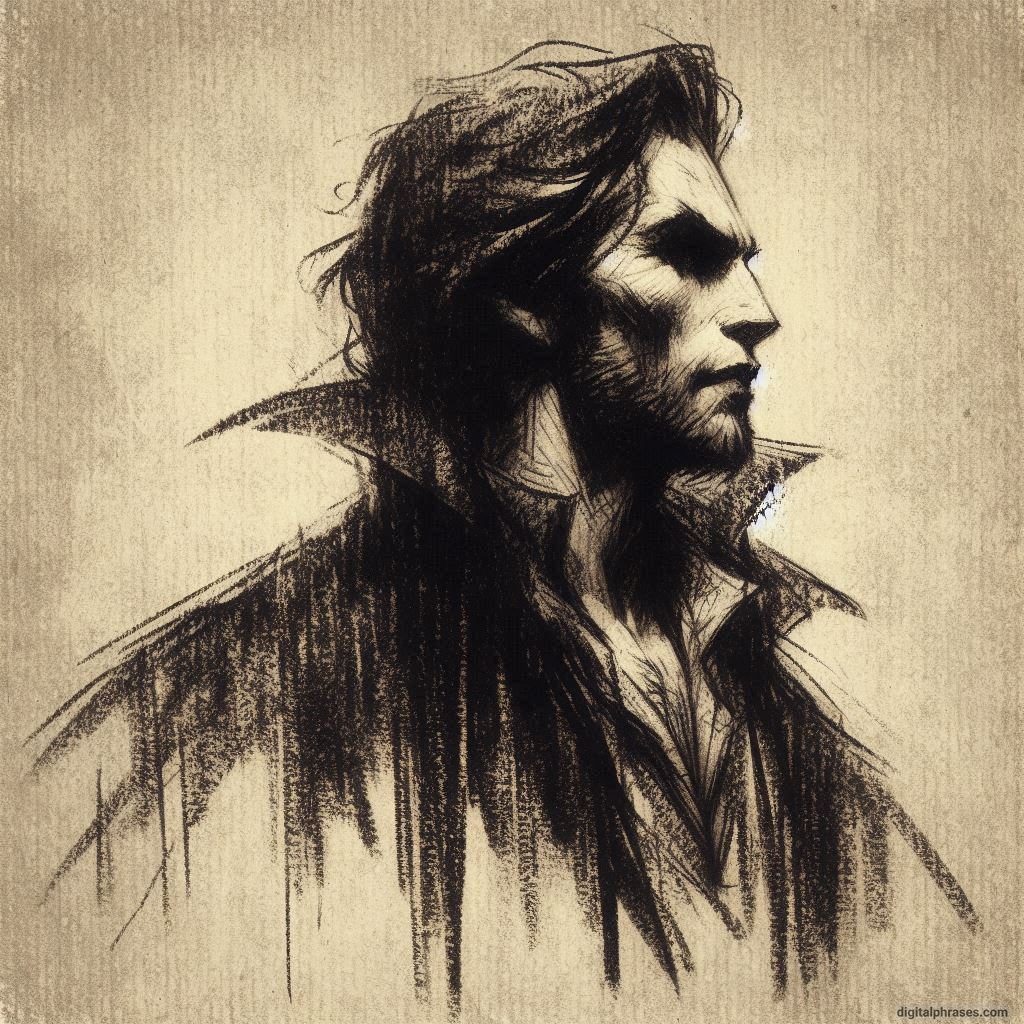
A Vampire Trying to Grab Onto Something
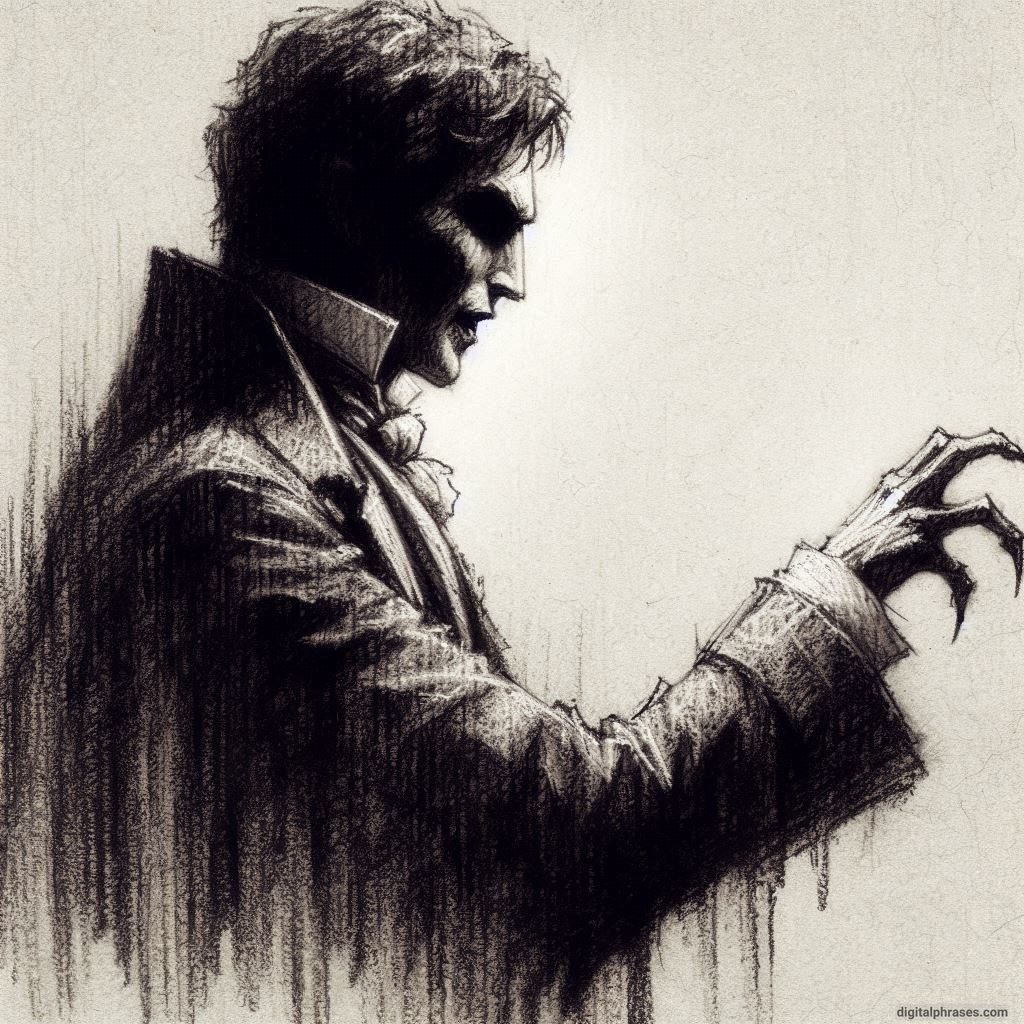
A Vampire Writing Something Down
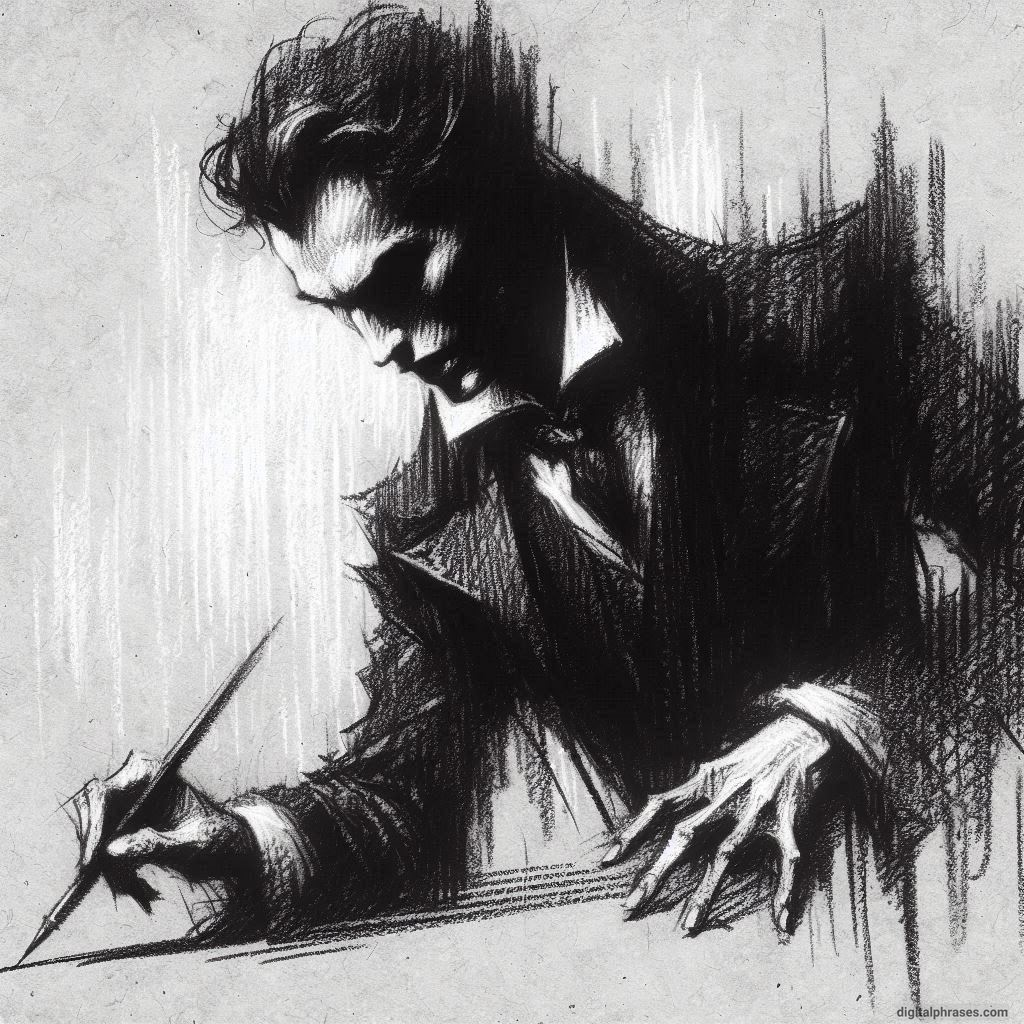
A Vampire Putting on His Iconic Coat
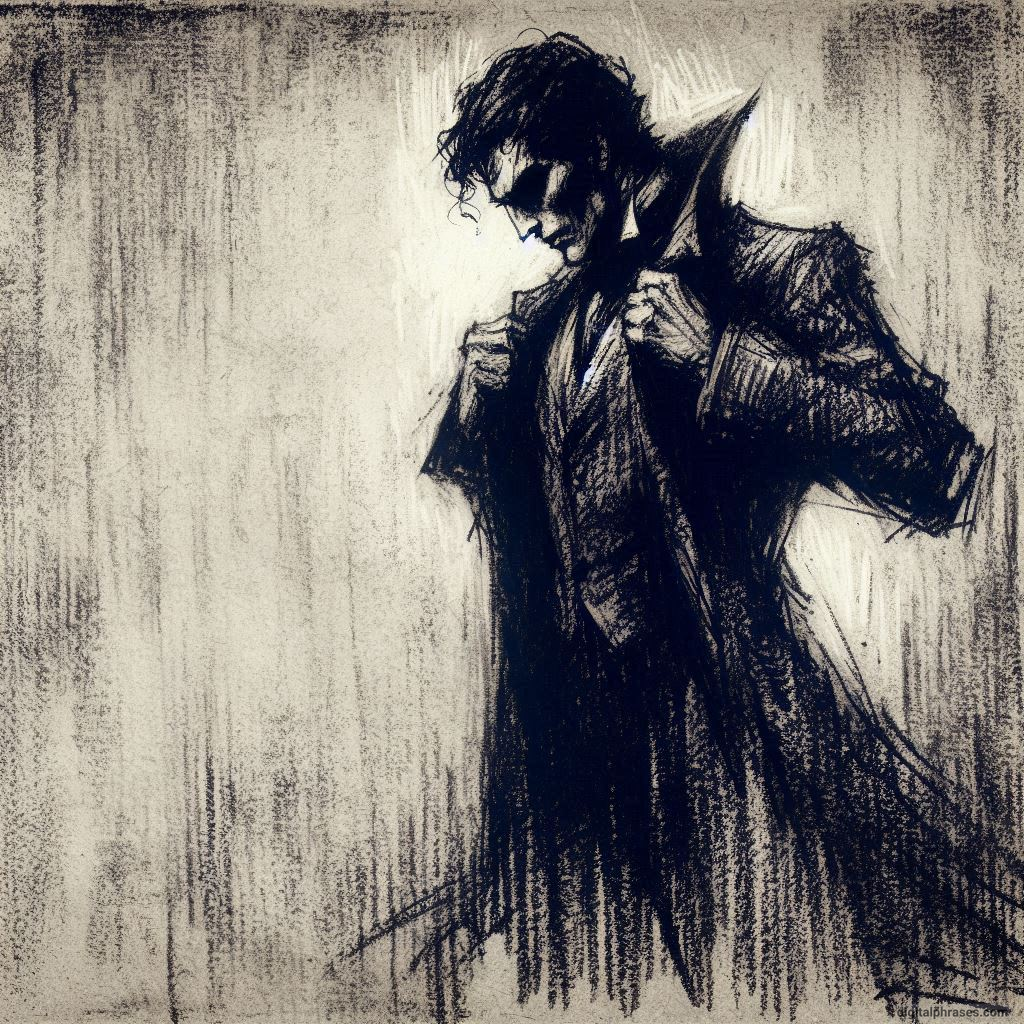
A Vampire With a Full Moon Night Background
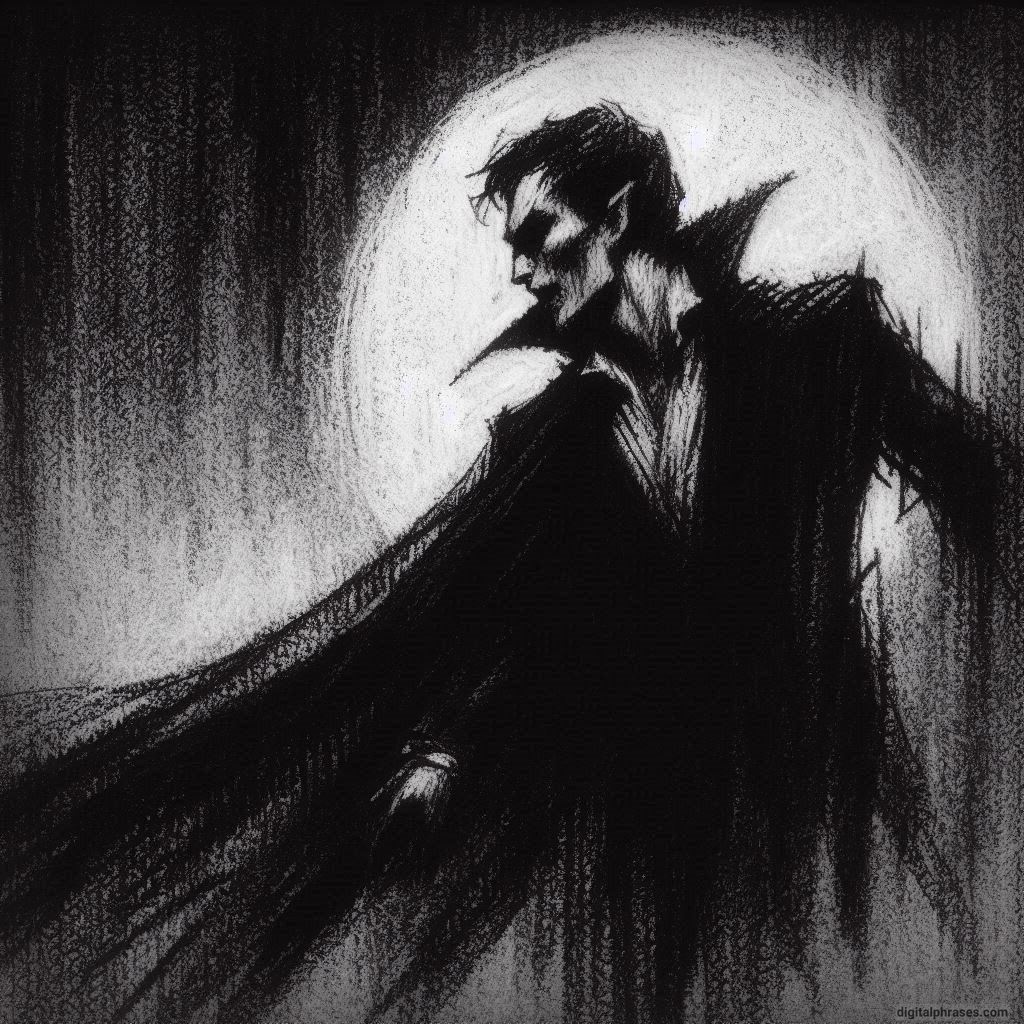
A Vampire Holding On To a Muscular Man
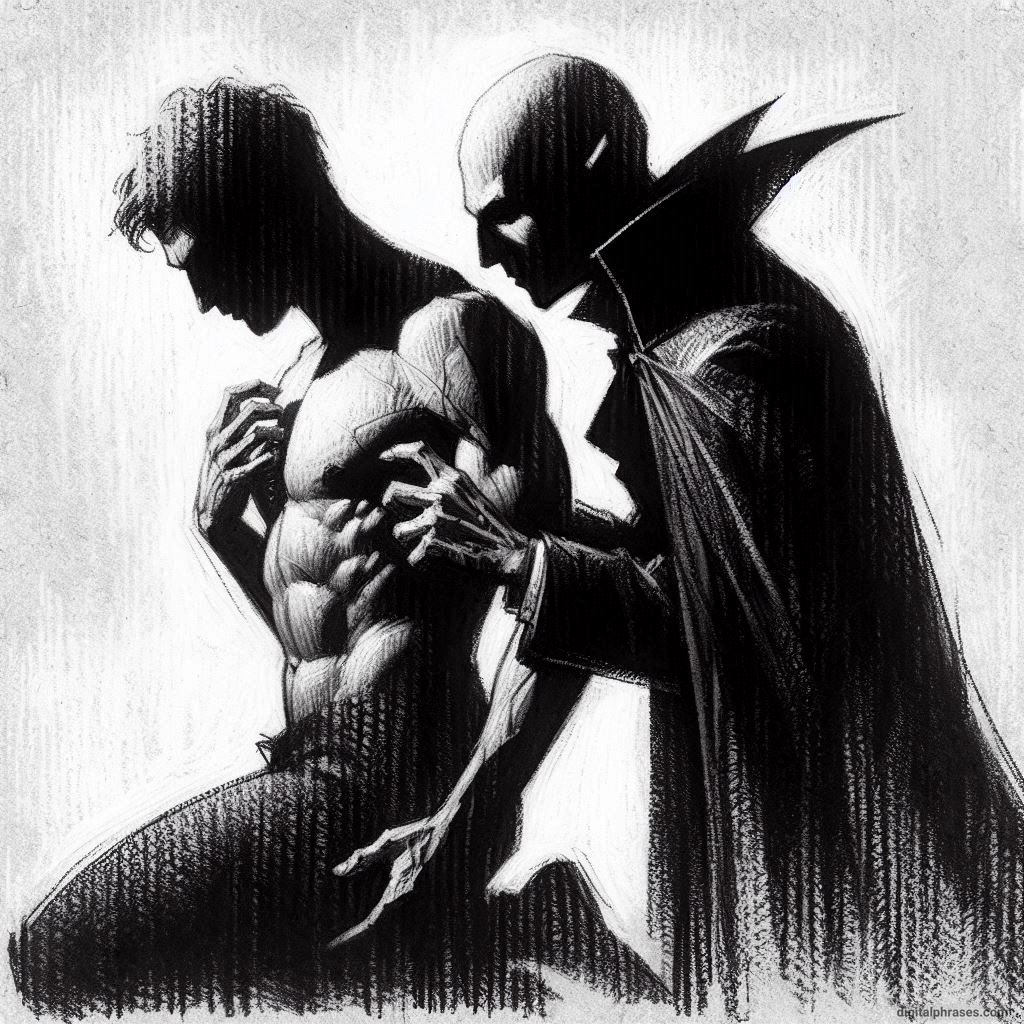
Doodle of a Vampire, One Hand Down (Looks as if trying to cast a spell)
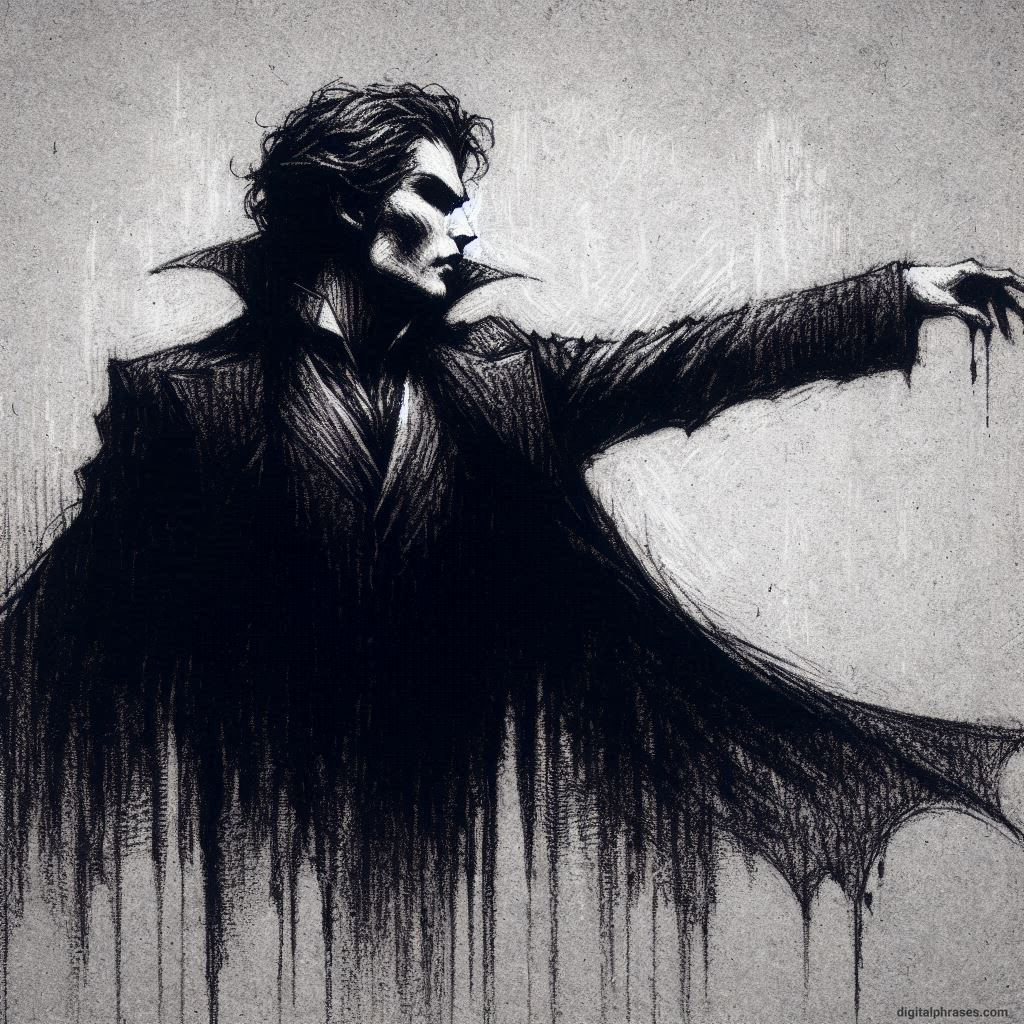
Doodle of a Vampire, Chisled Jawline and Smooth Long Hair
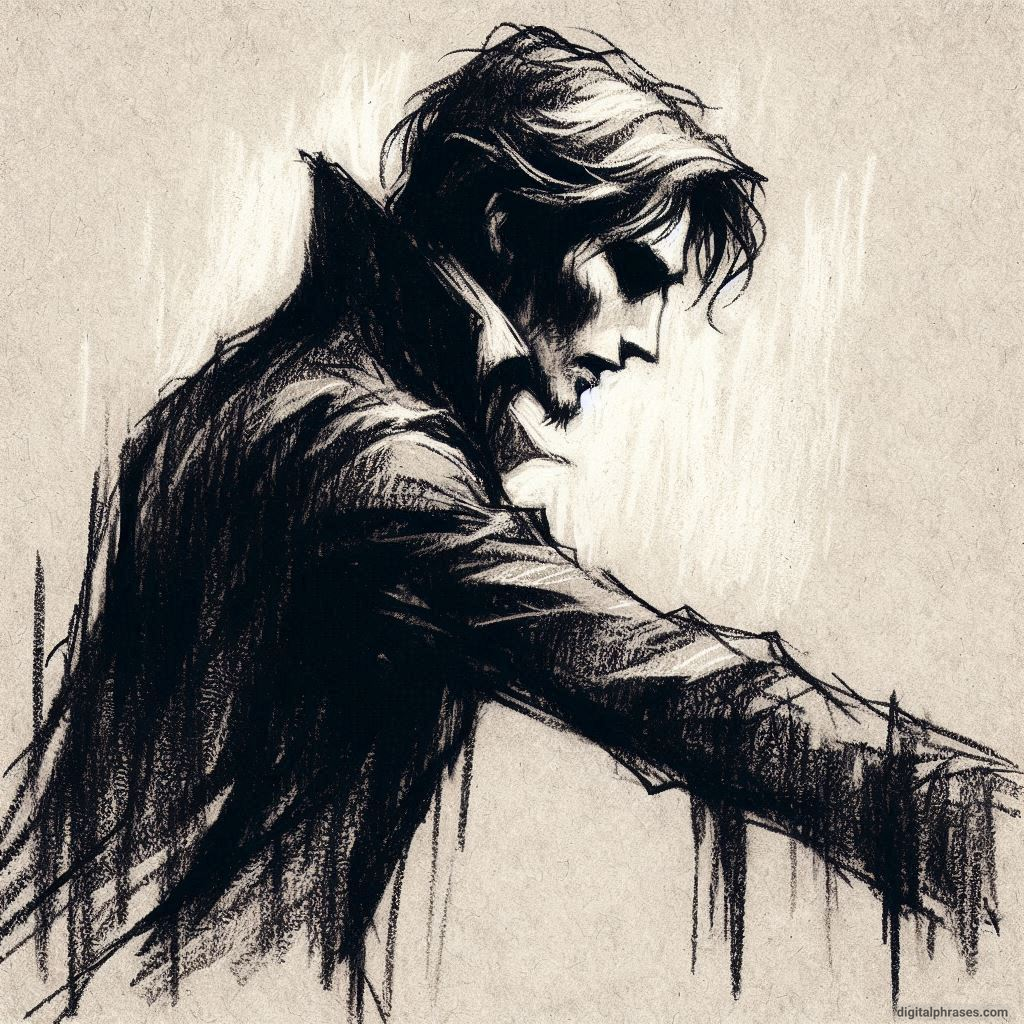
Vampire, Disguised as a Man, Holding a Pipe
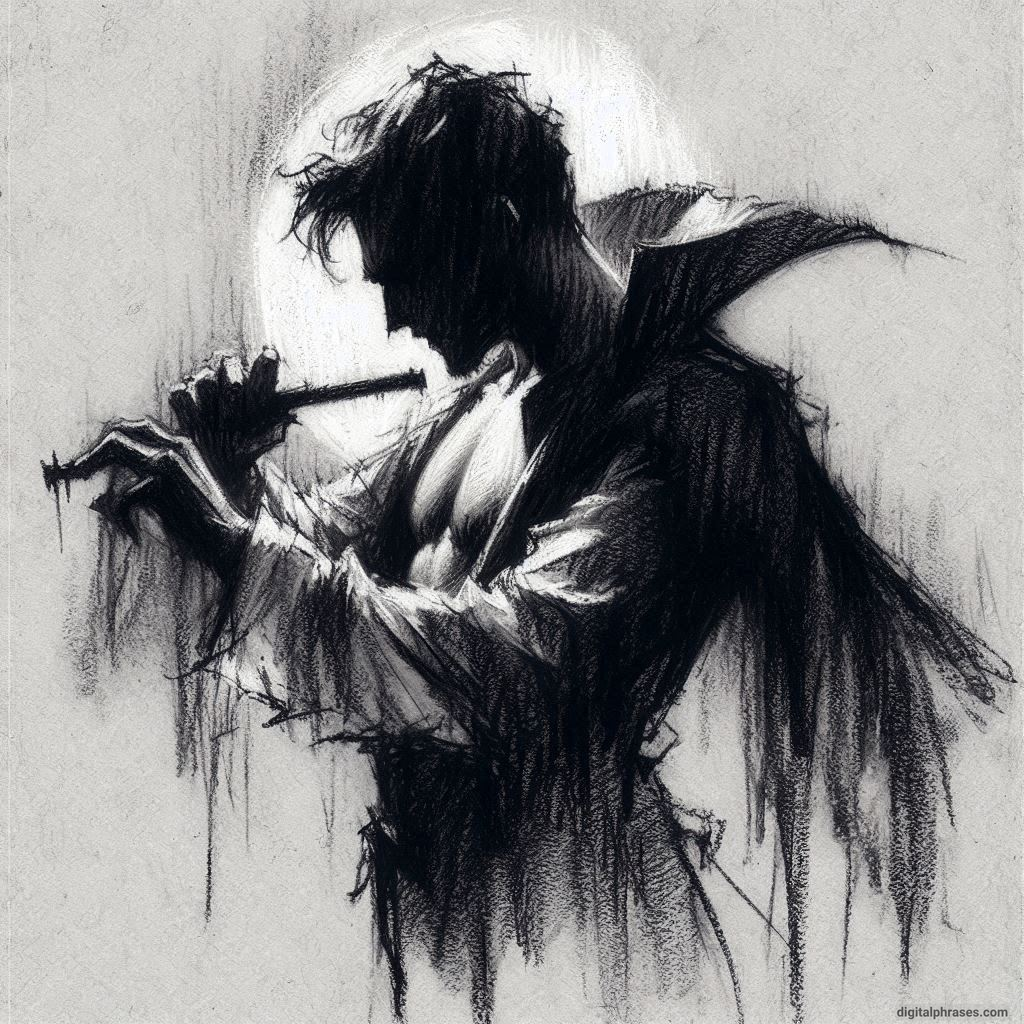
Side view of Vampire, Wearing a Cape and Holding a Sword
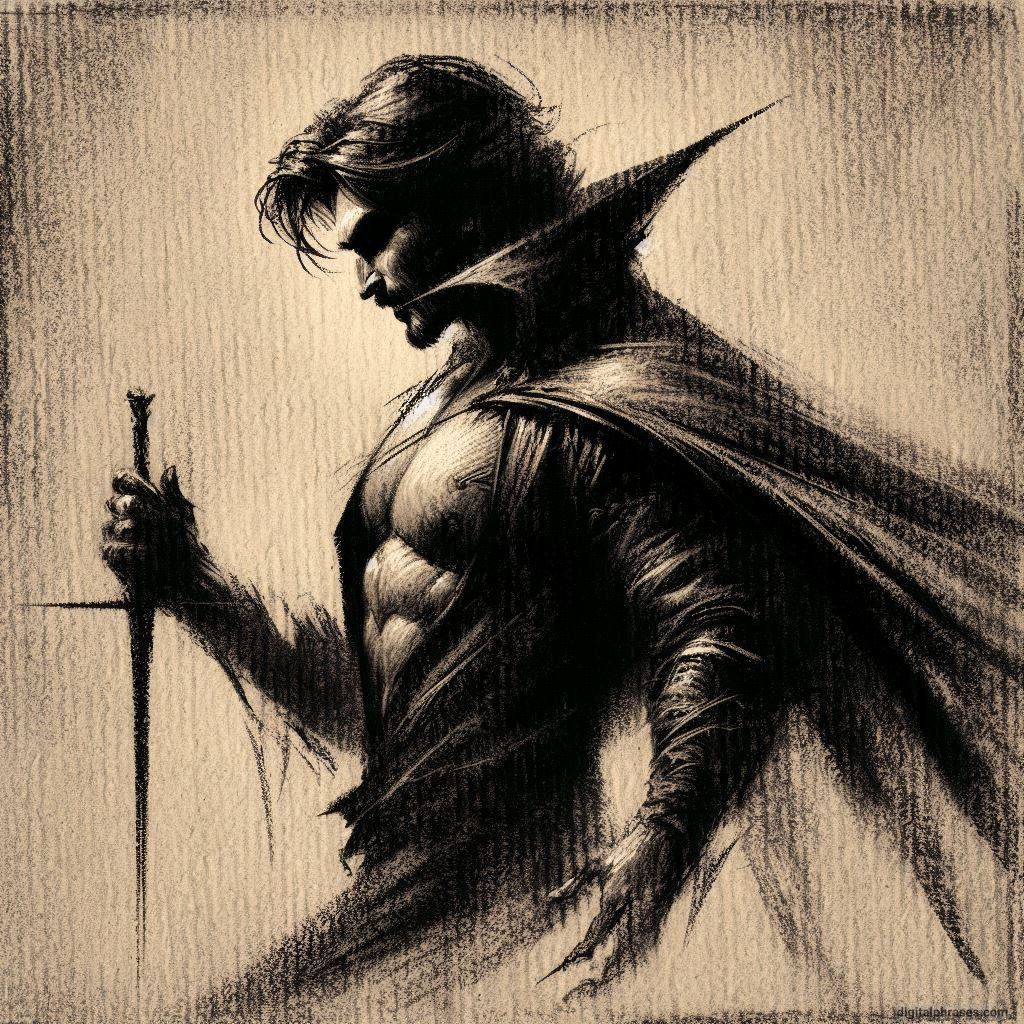
Front View, Vampire, Handsome, Chisled Chest Muscles
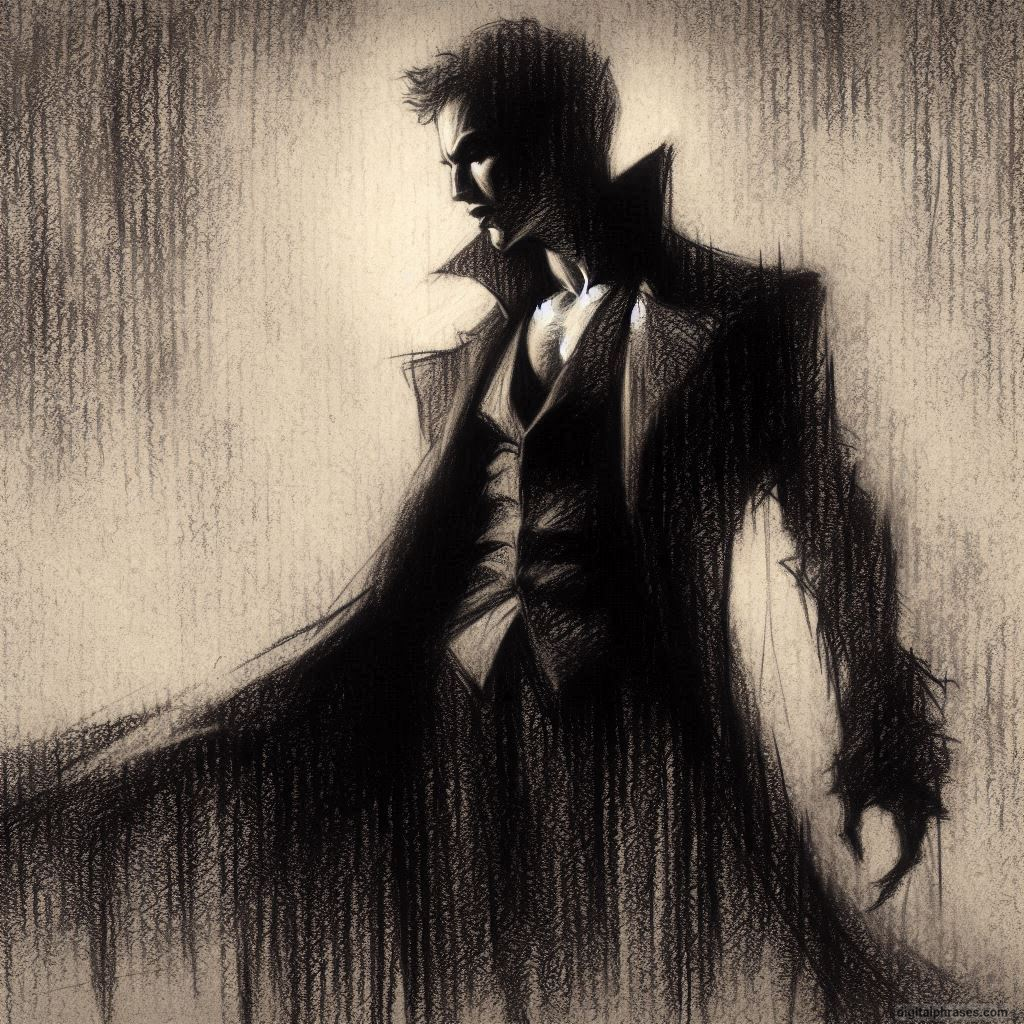
A Thinking Vampire (Resembling the Thinking Man)
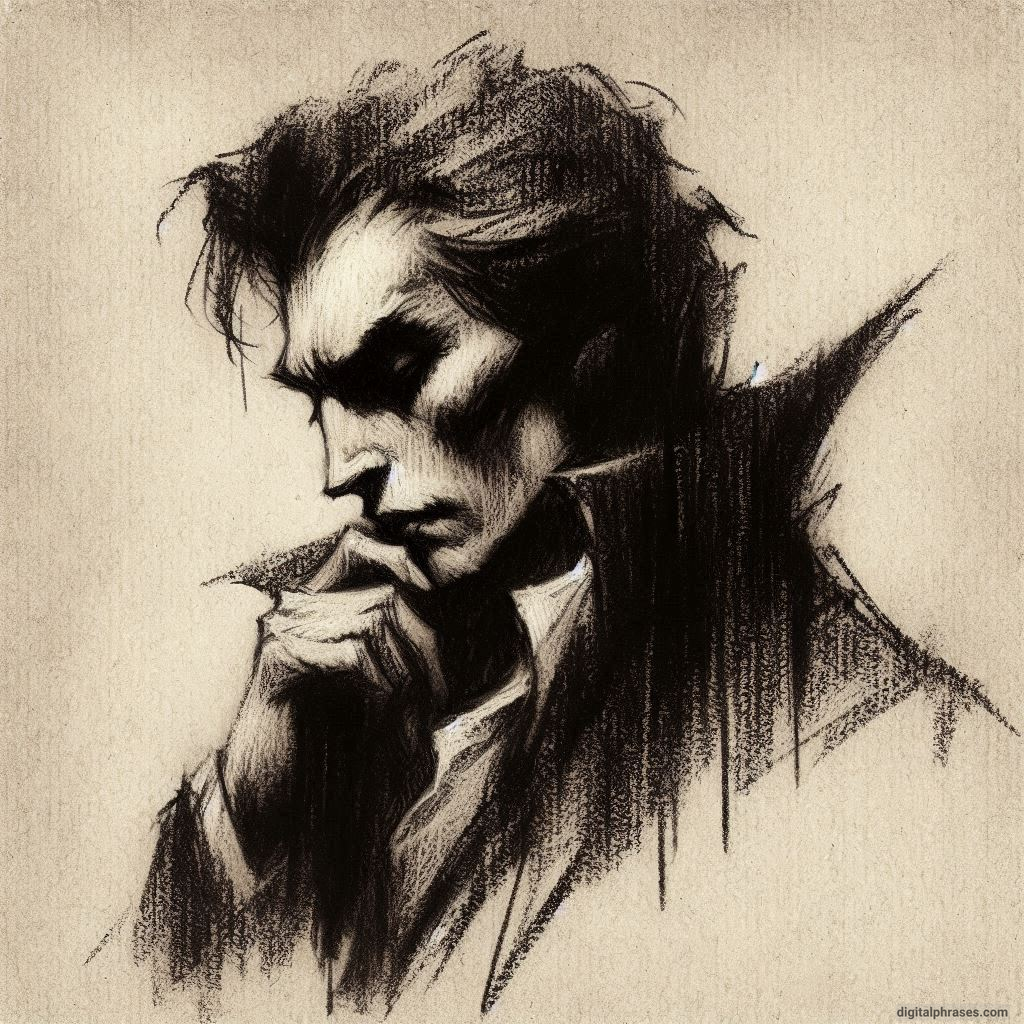
A Vampire, Hands Folded, Praying
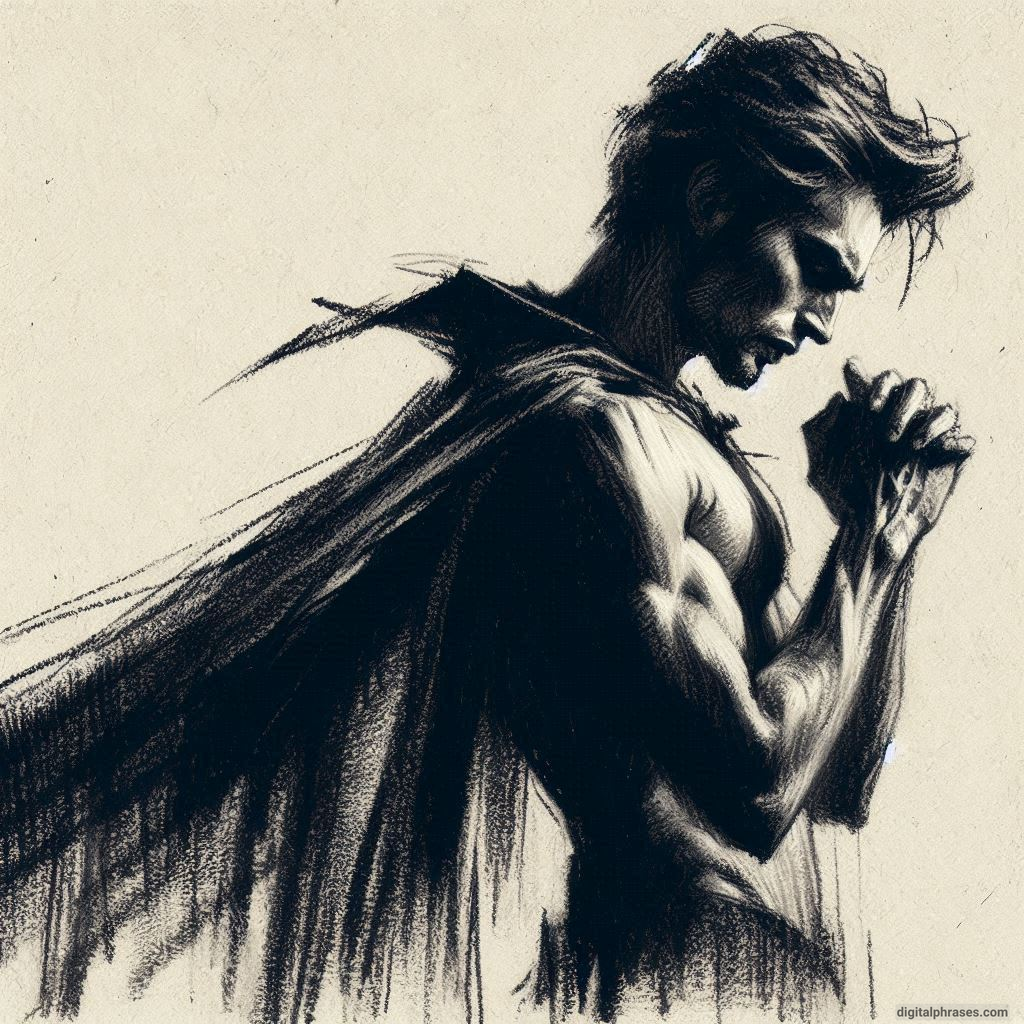
Vampire Holding a Hand in a Fist Style
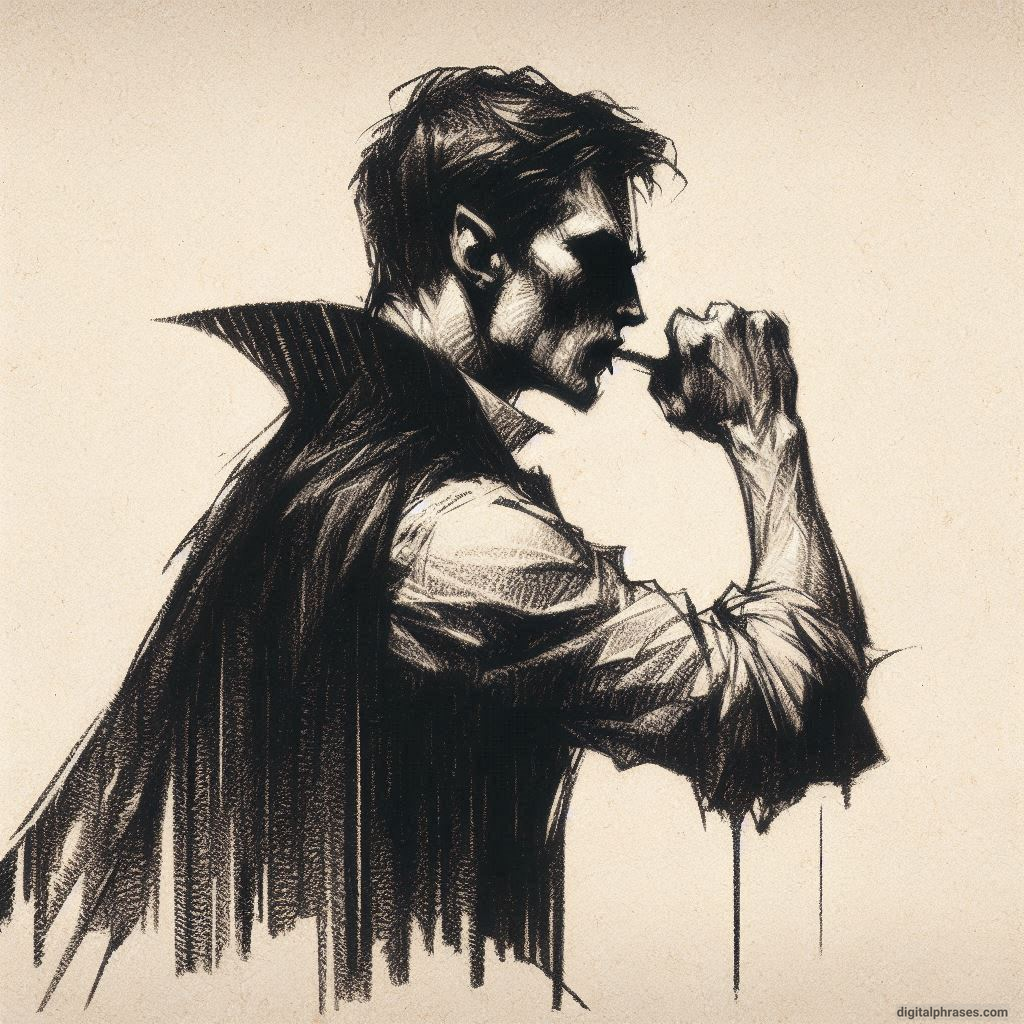
Vampire Holding a Vampire Hat

Vampire, Looking Down and Focusing on Something

Vampire with his Chisled Body

A Vampire Trying to Summon Something

A Thinking Vampire
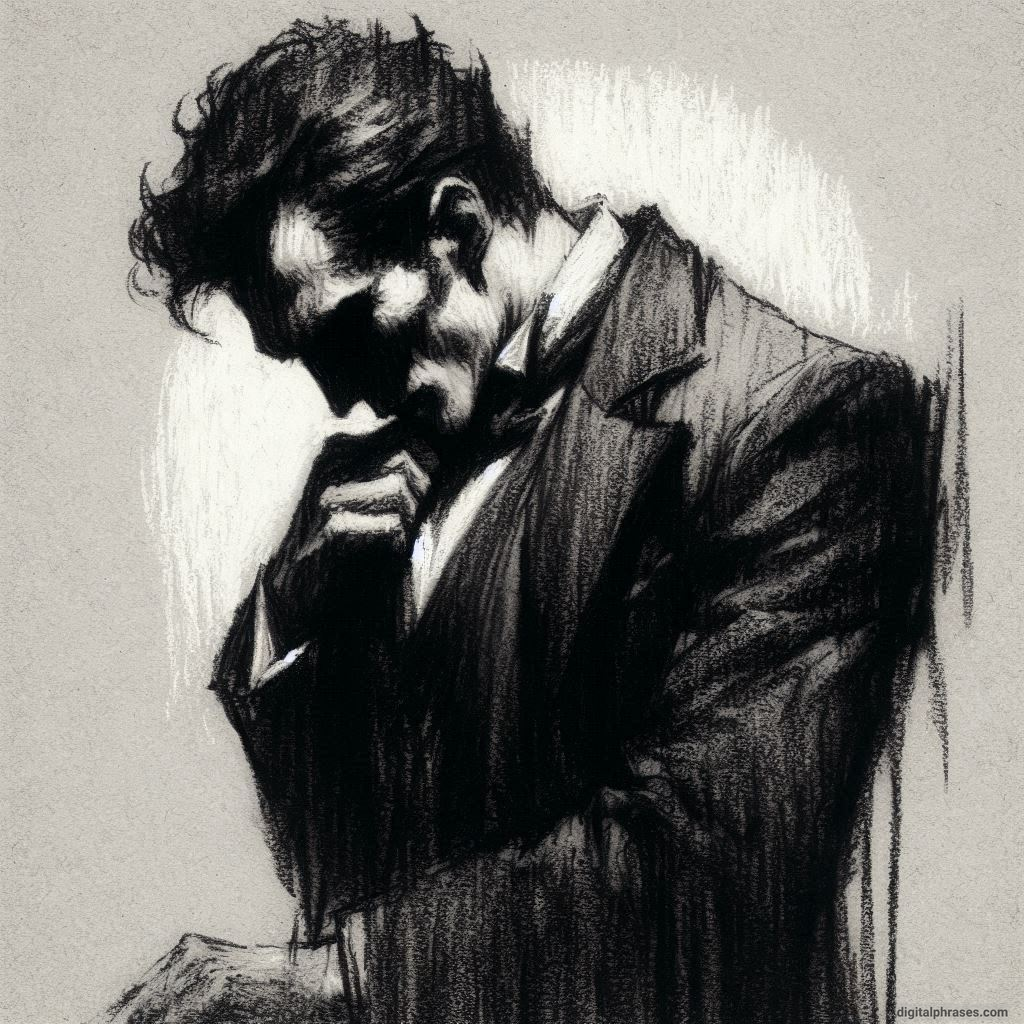
A Middle-Aged Vampire Trying To Write Something Down
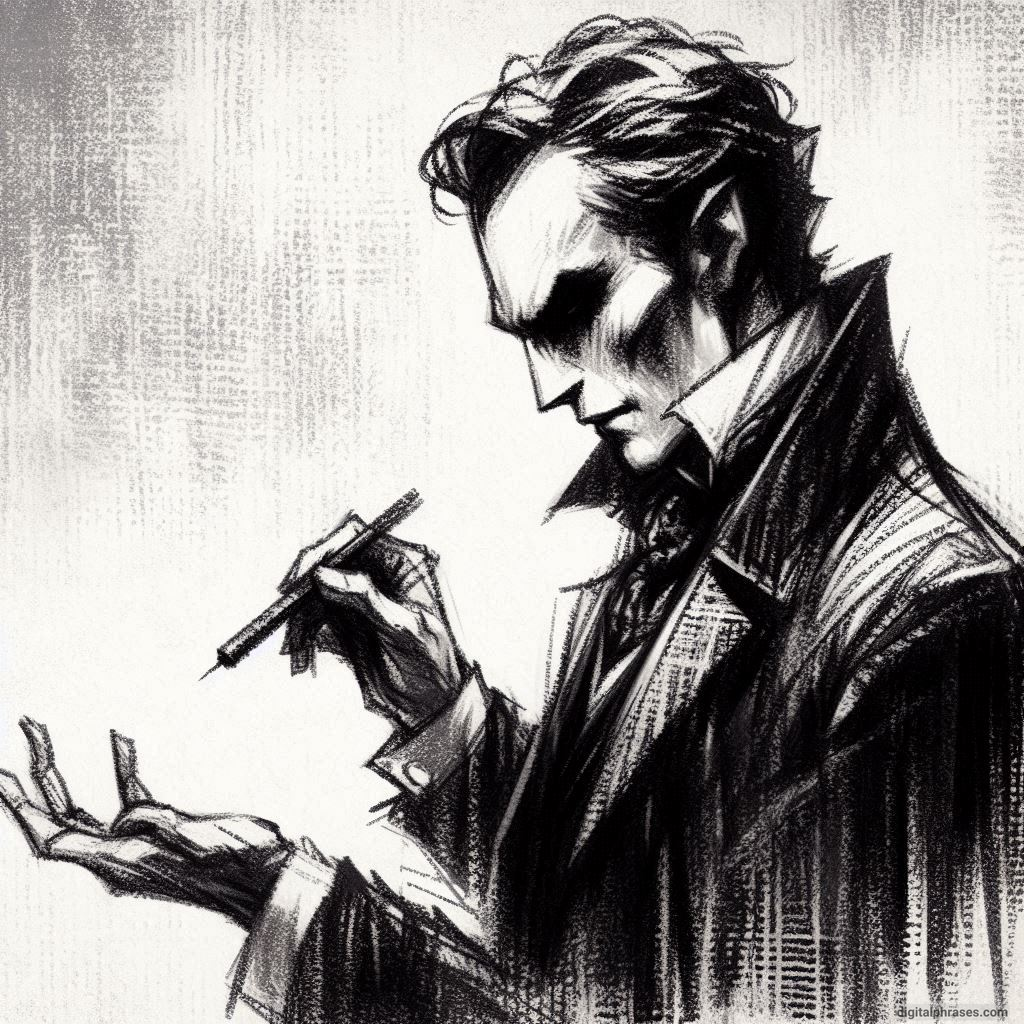
A Vampire With a Potion of Something

A Screaming Vampire
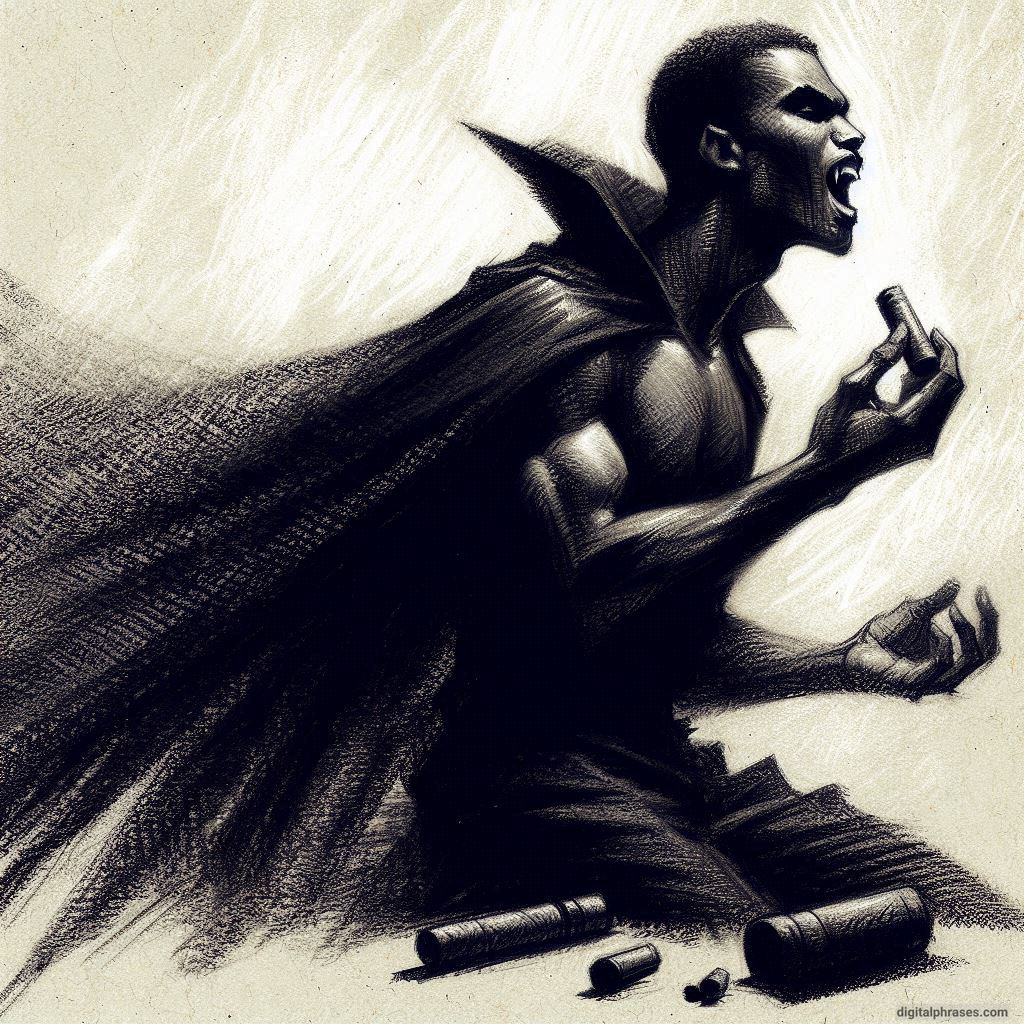
Vampire, Short Hair, Sideways Look
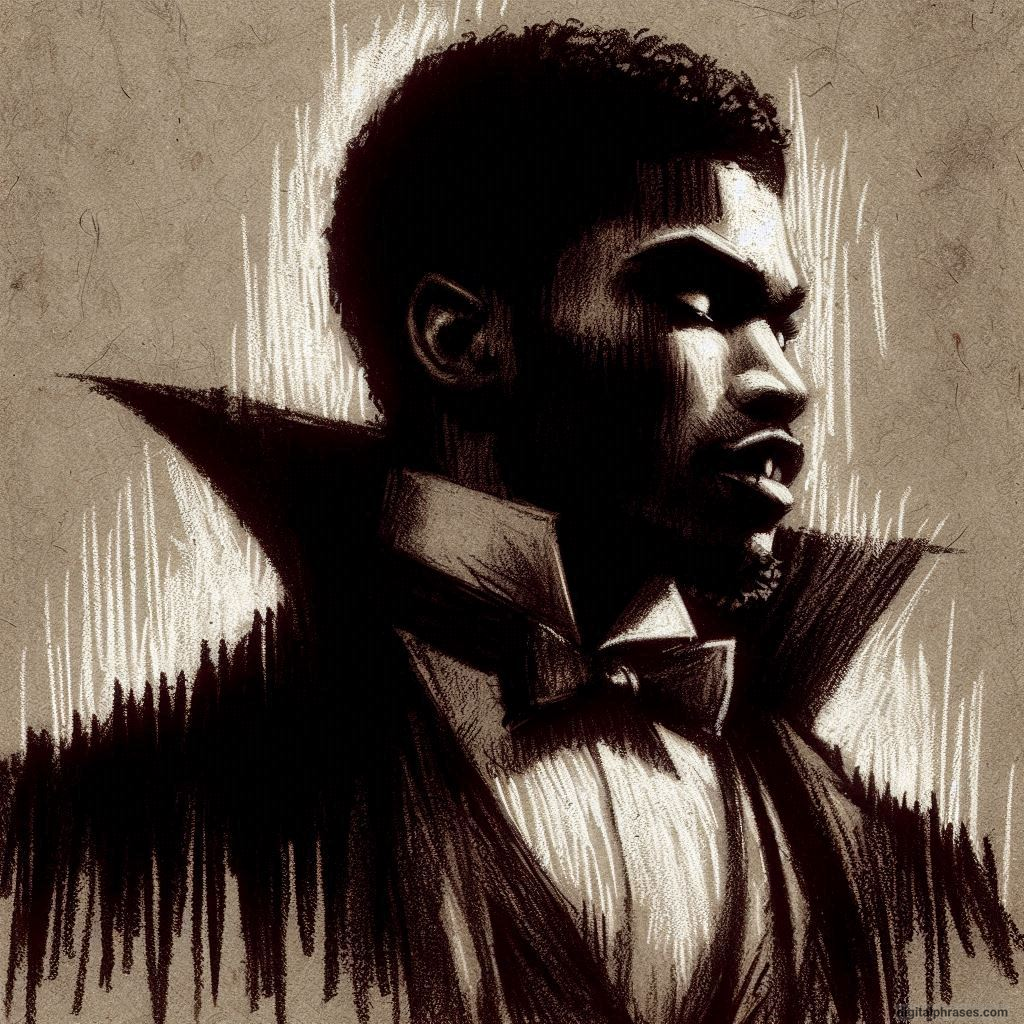
Vampire, Looking Down, Hands Spread
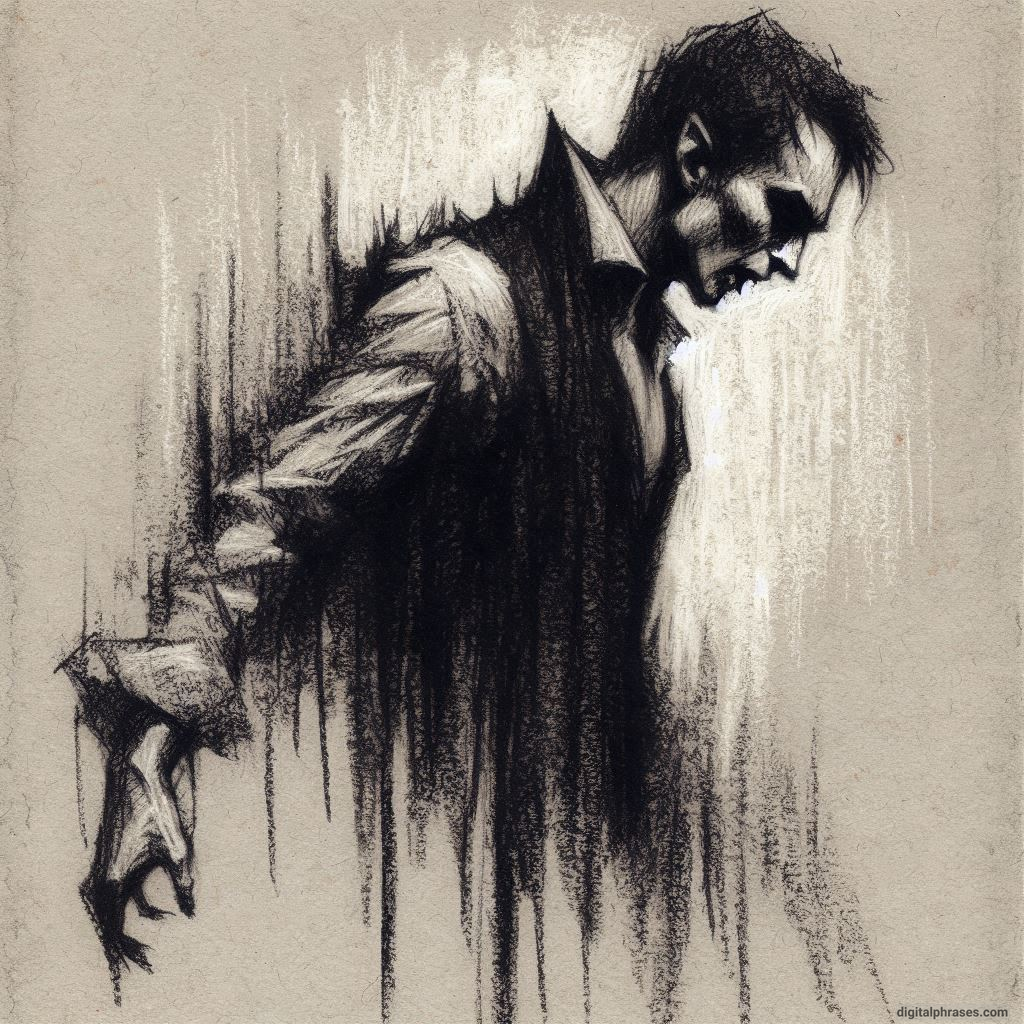
A muscular vampire looking at the mirror
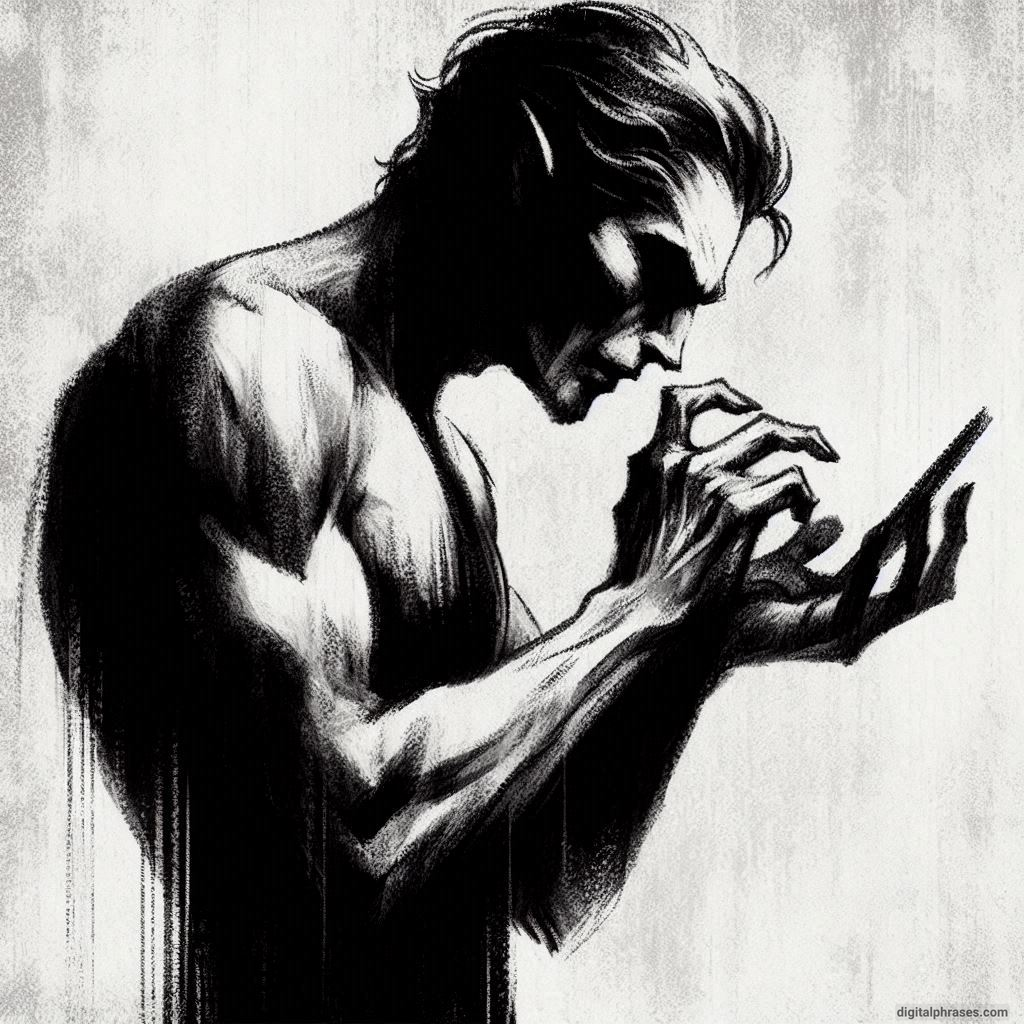
Sideways Look of a Vampire
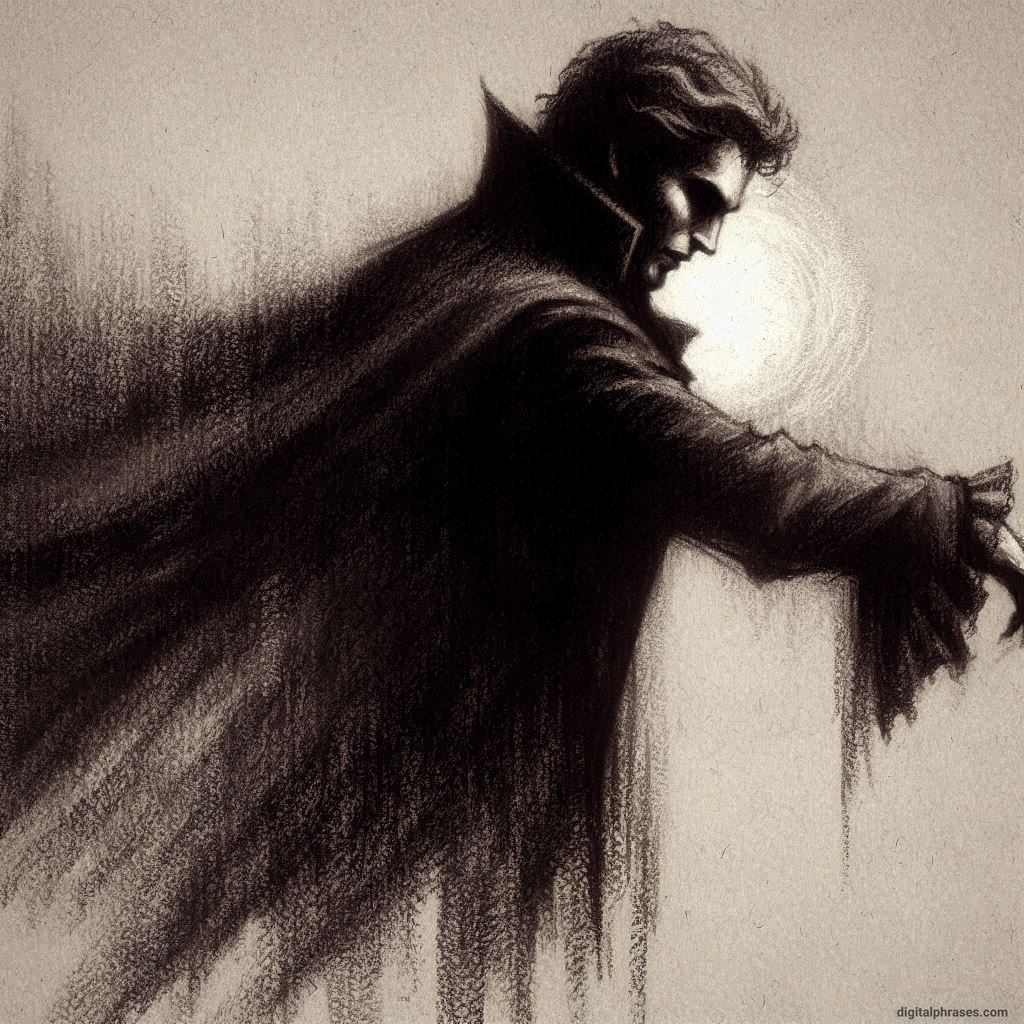
A Vampire Removing His Clothes and Transforming
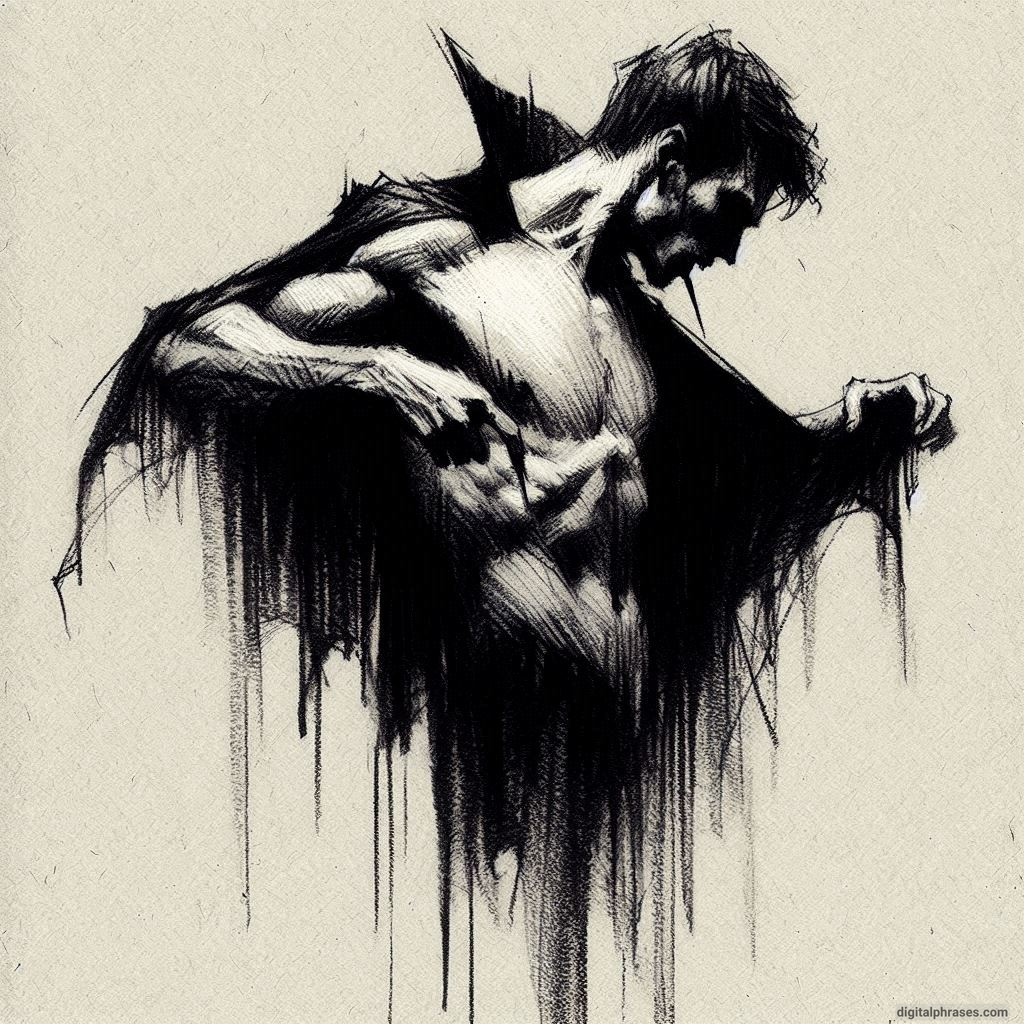
Vampire, Hands Joined Together, Thinking

A Vampire Writing Something Down
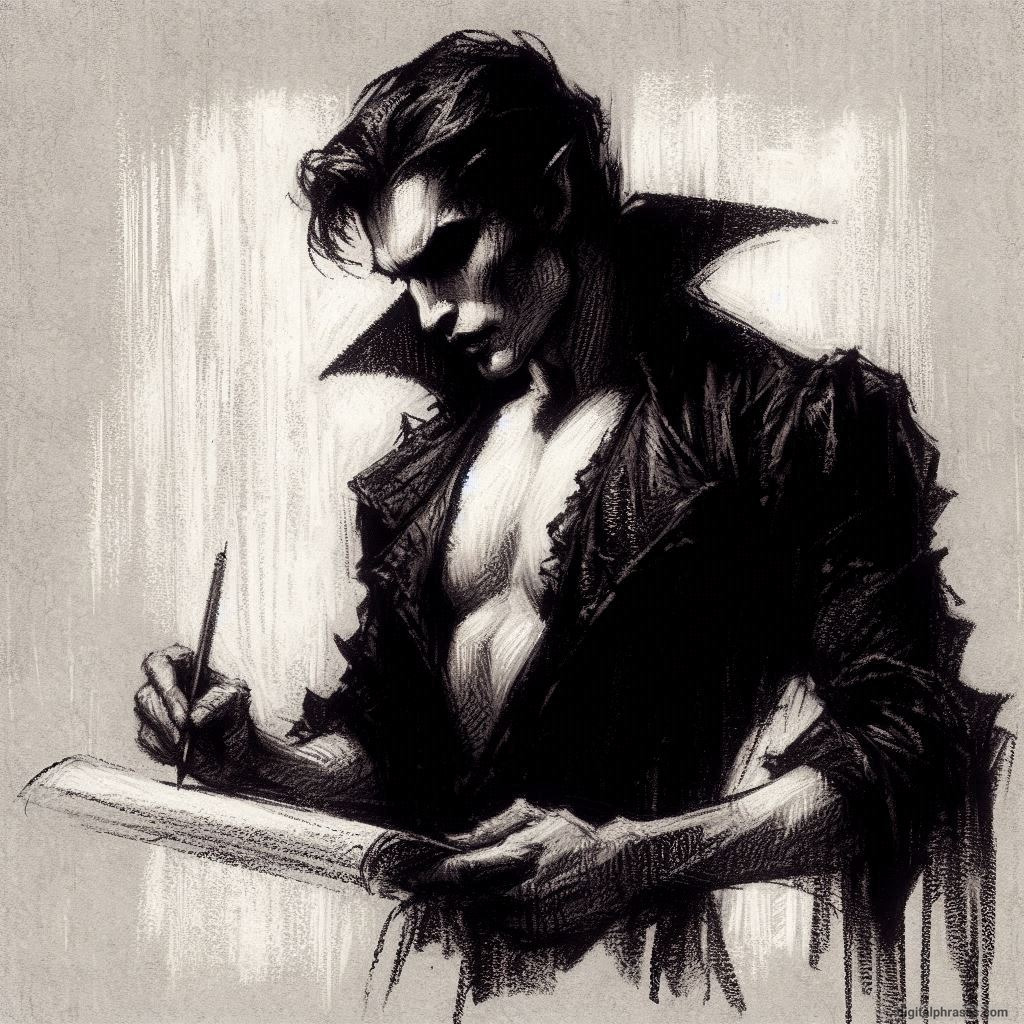
A Vampire Holding a Ball
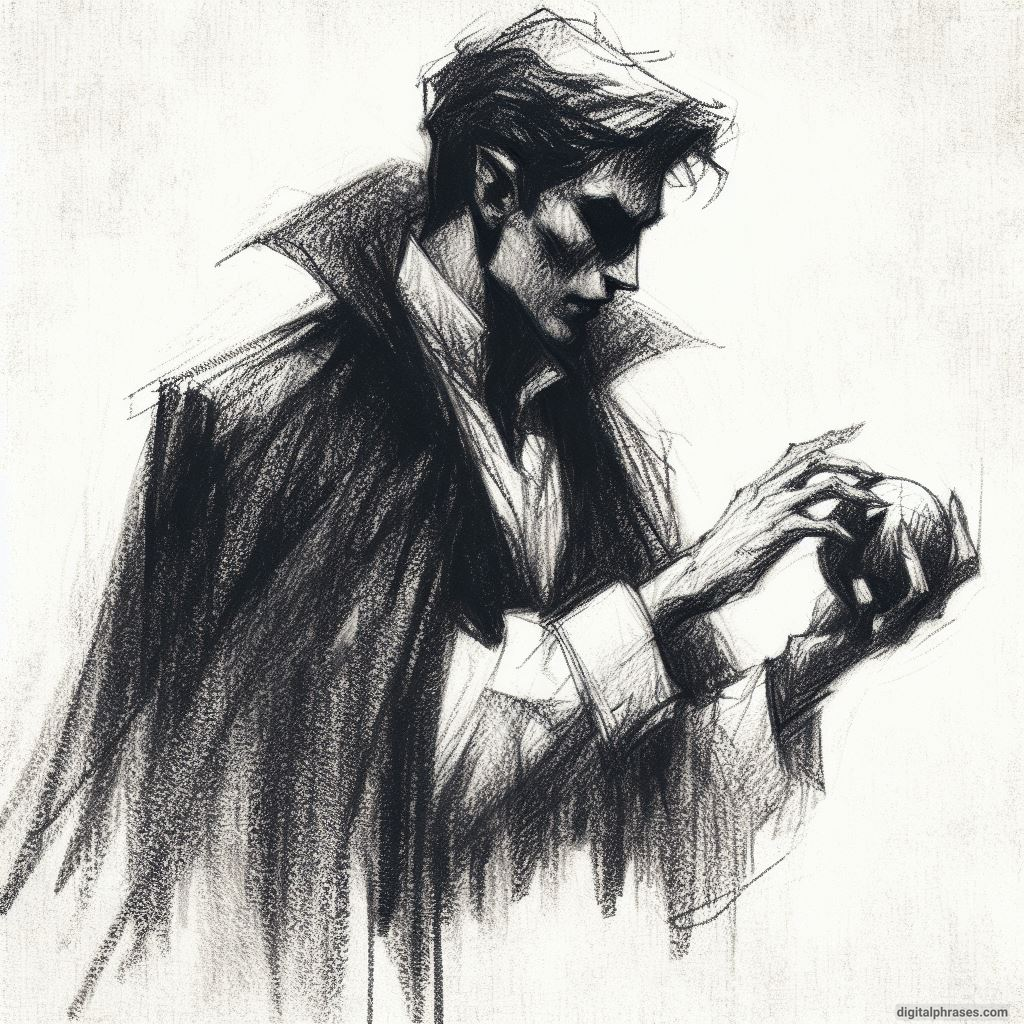
Painting of a Vampire’s Torso

A Vampire Trying to Cast a Spell
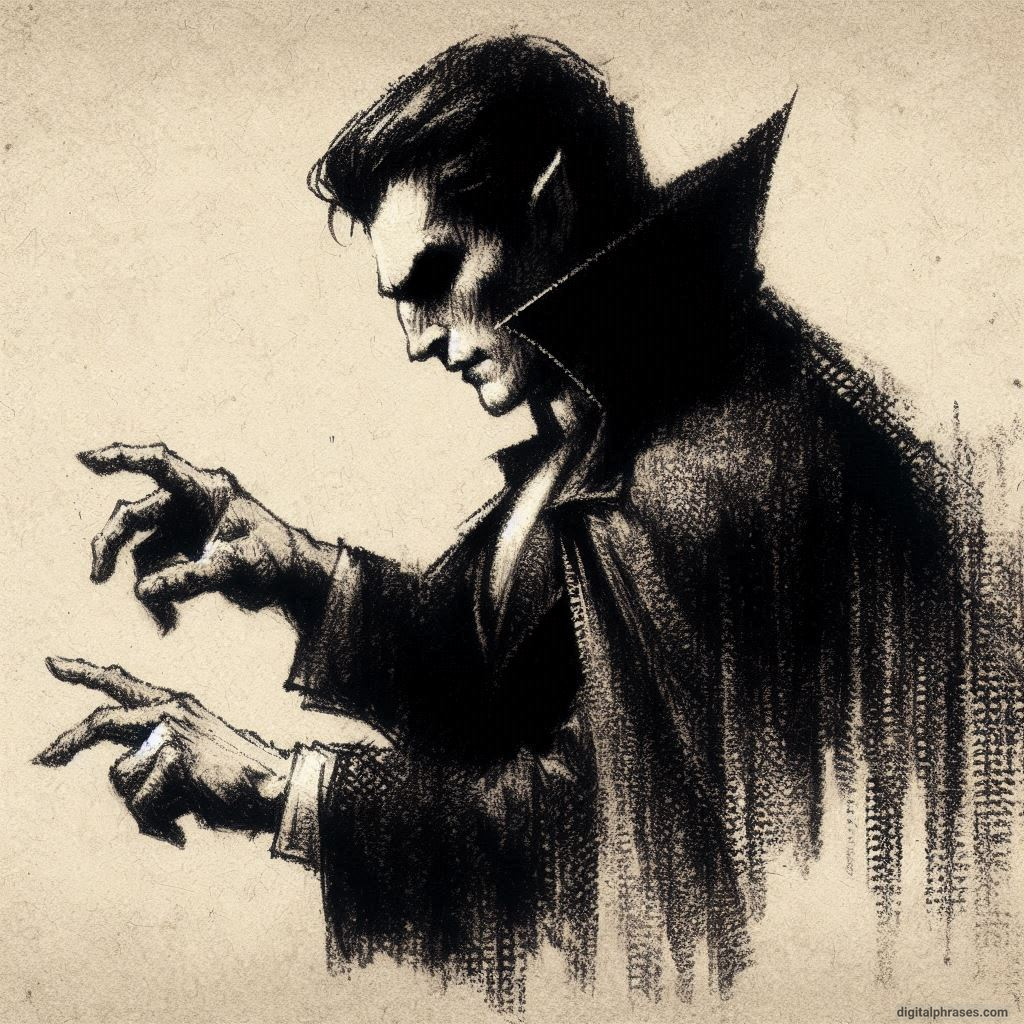
An angry vampire, screaming
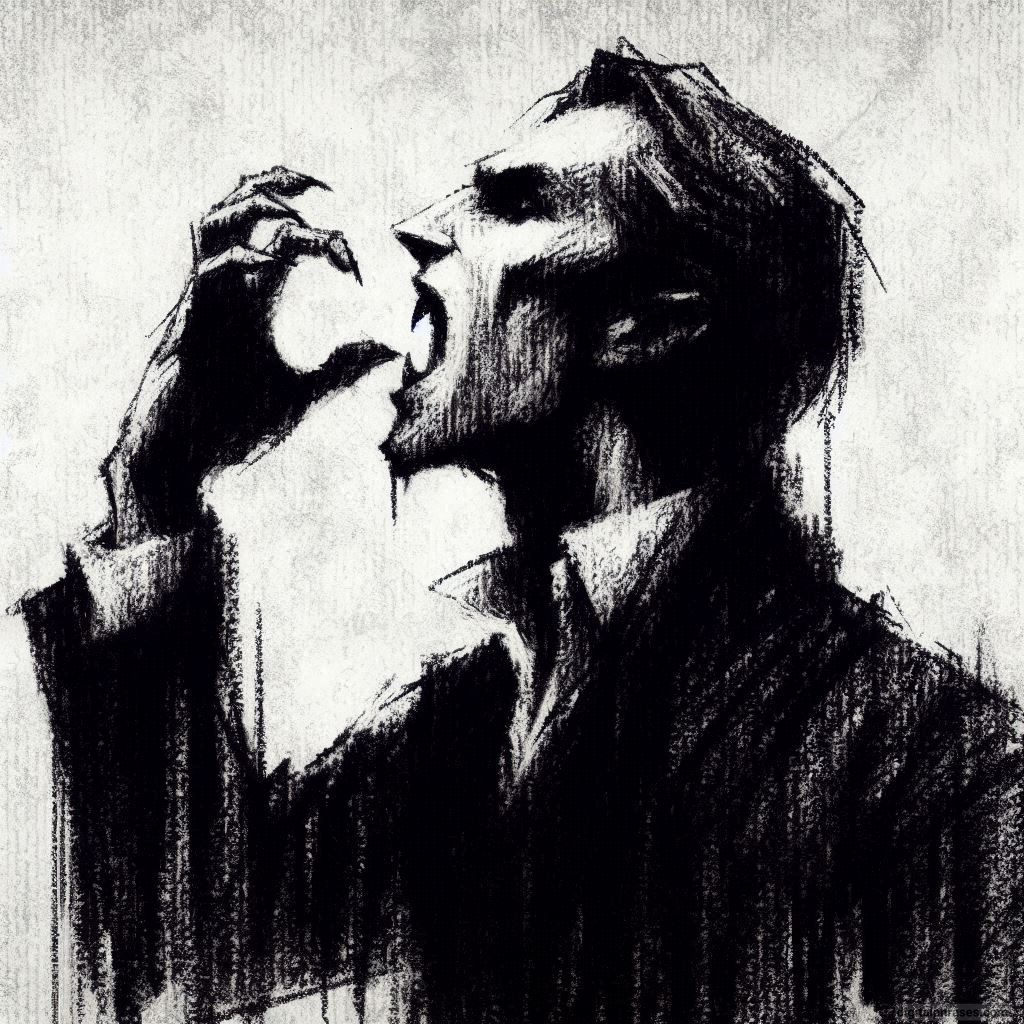
Two People – The Vampire and The One Who Created Him
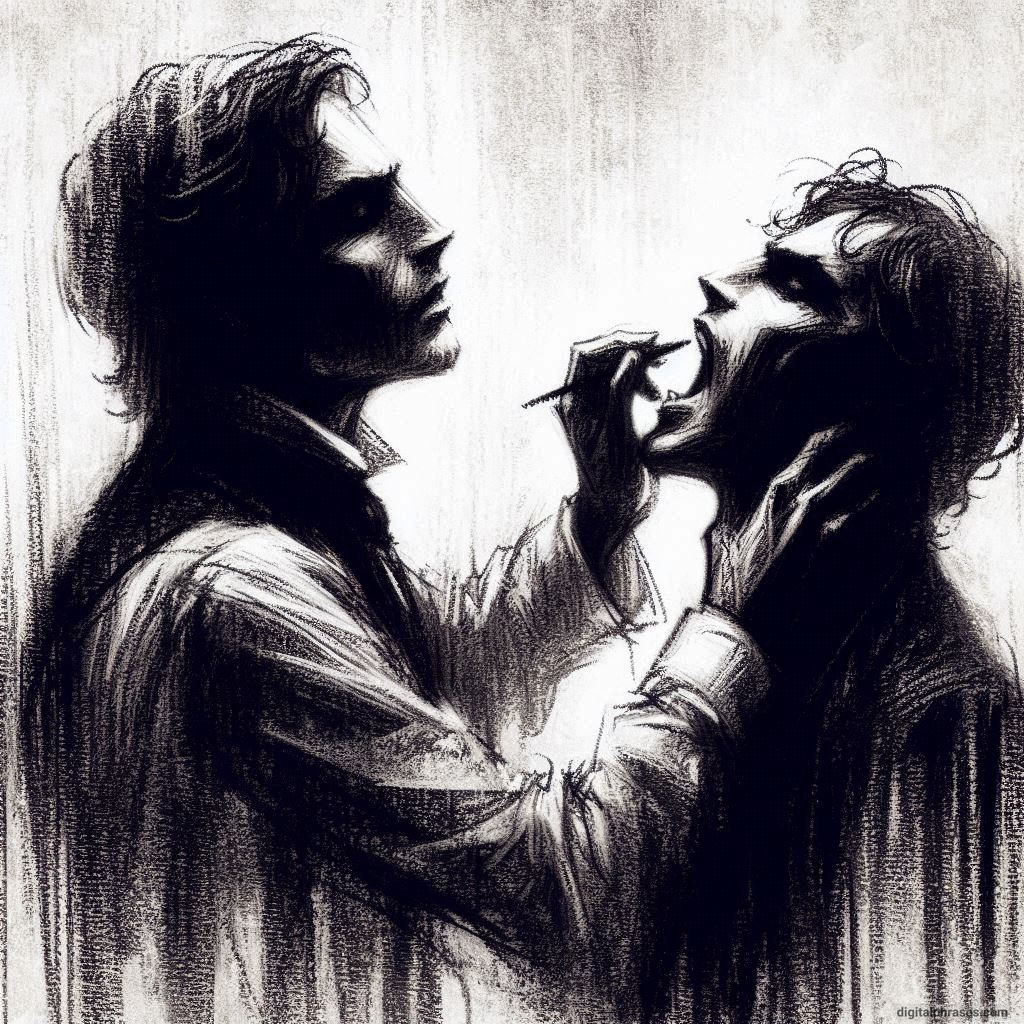
Vampire, Old, Doodle Style
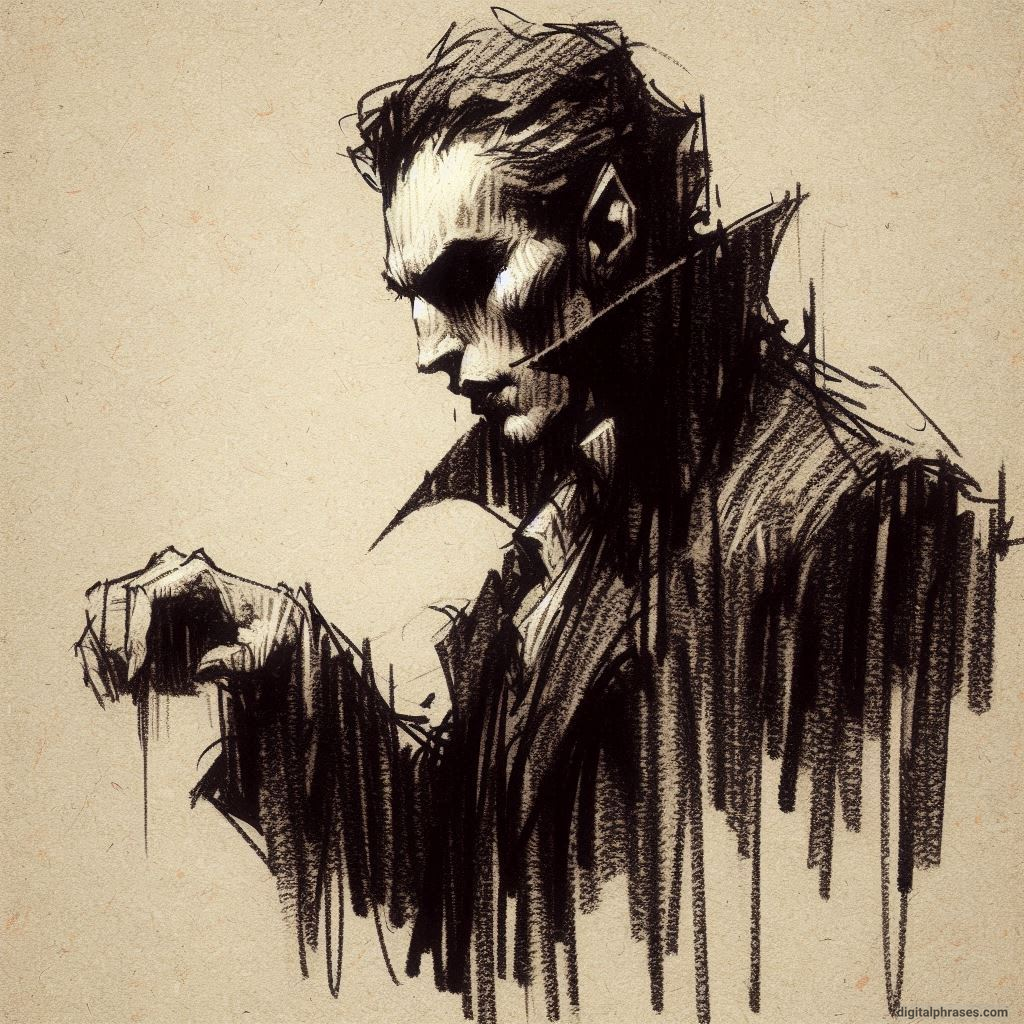
Vampire, Focused and Unkempt Hair
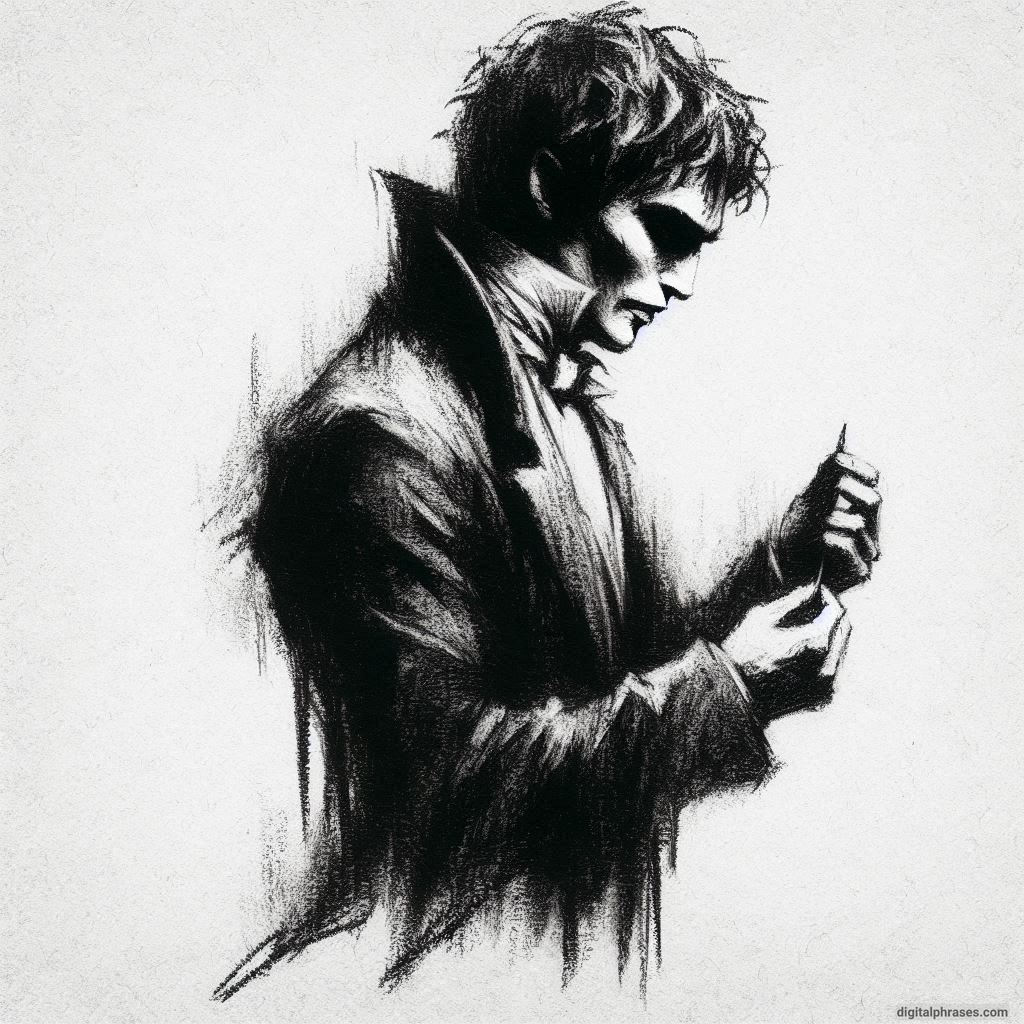
Vampire, Angry, Trying To Mimic a Sweet Dance Step
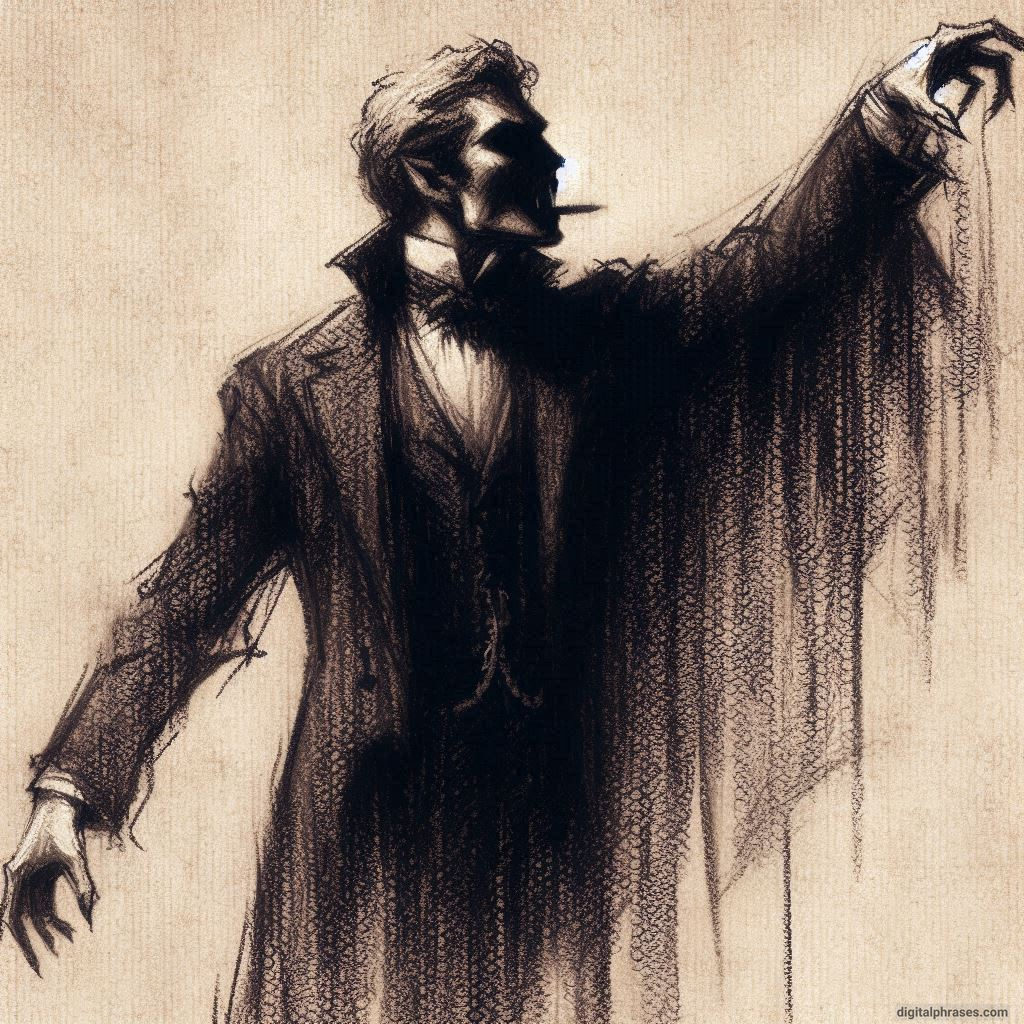
Vampire, Hands Folded, Praying
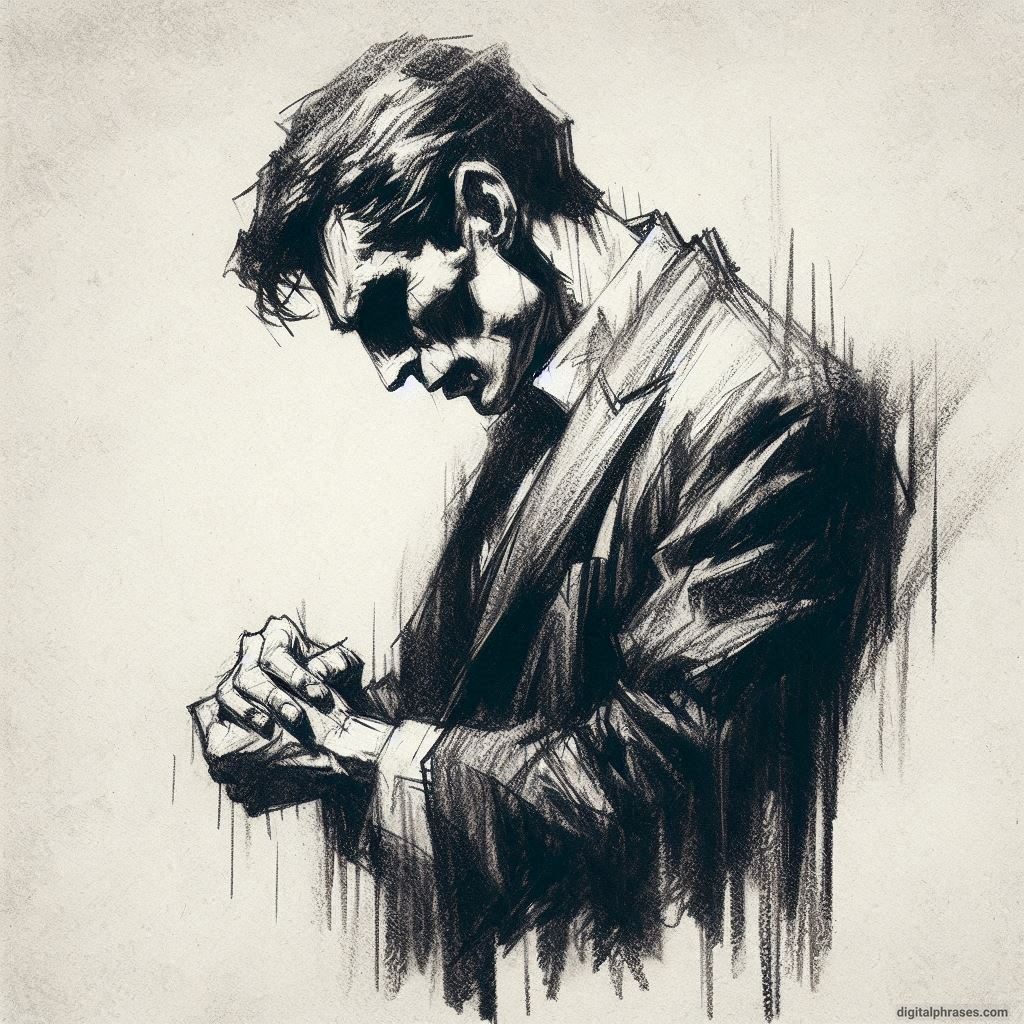
Torso of a Vampire wearing only a Cape

The Vampire With His Potion
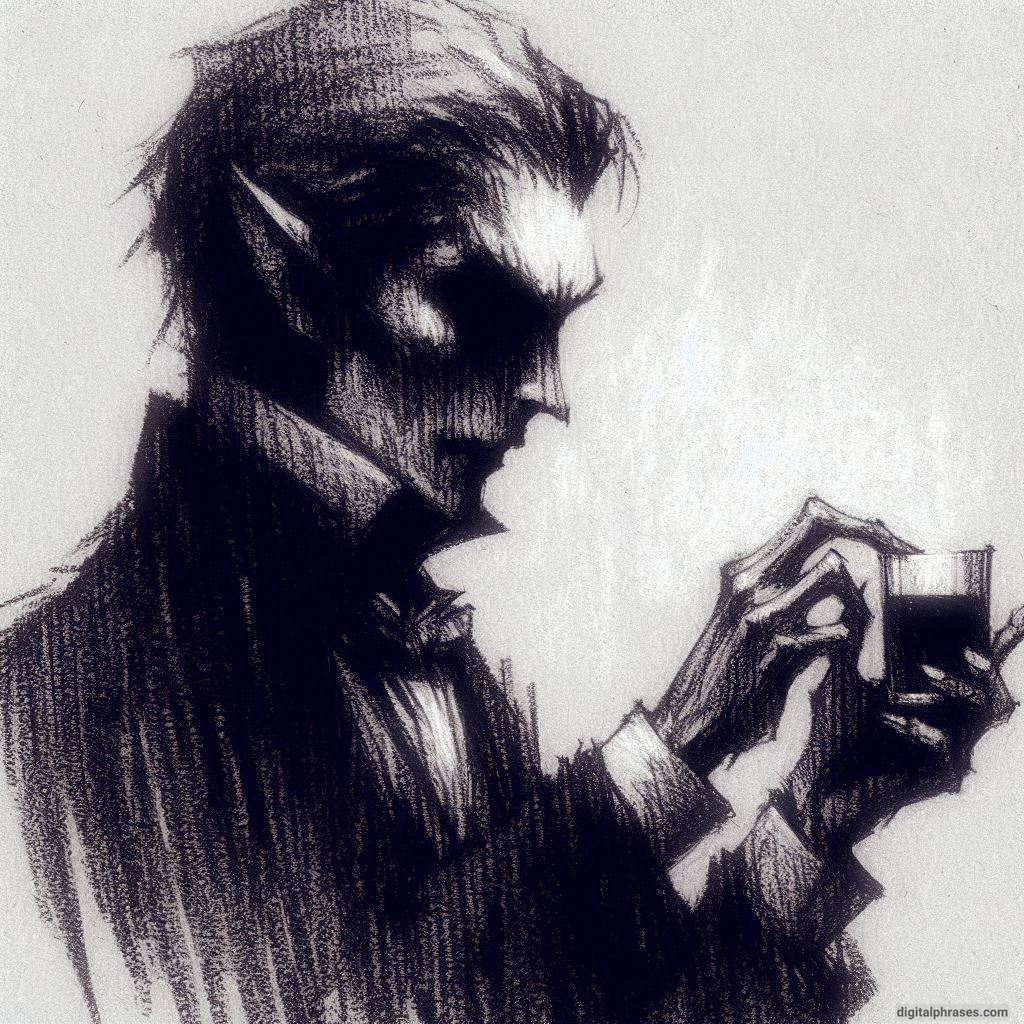
A Vampire Smelling His Clothes
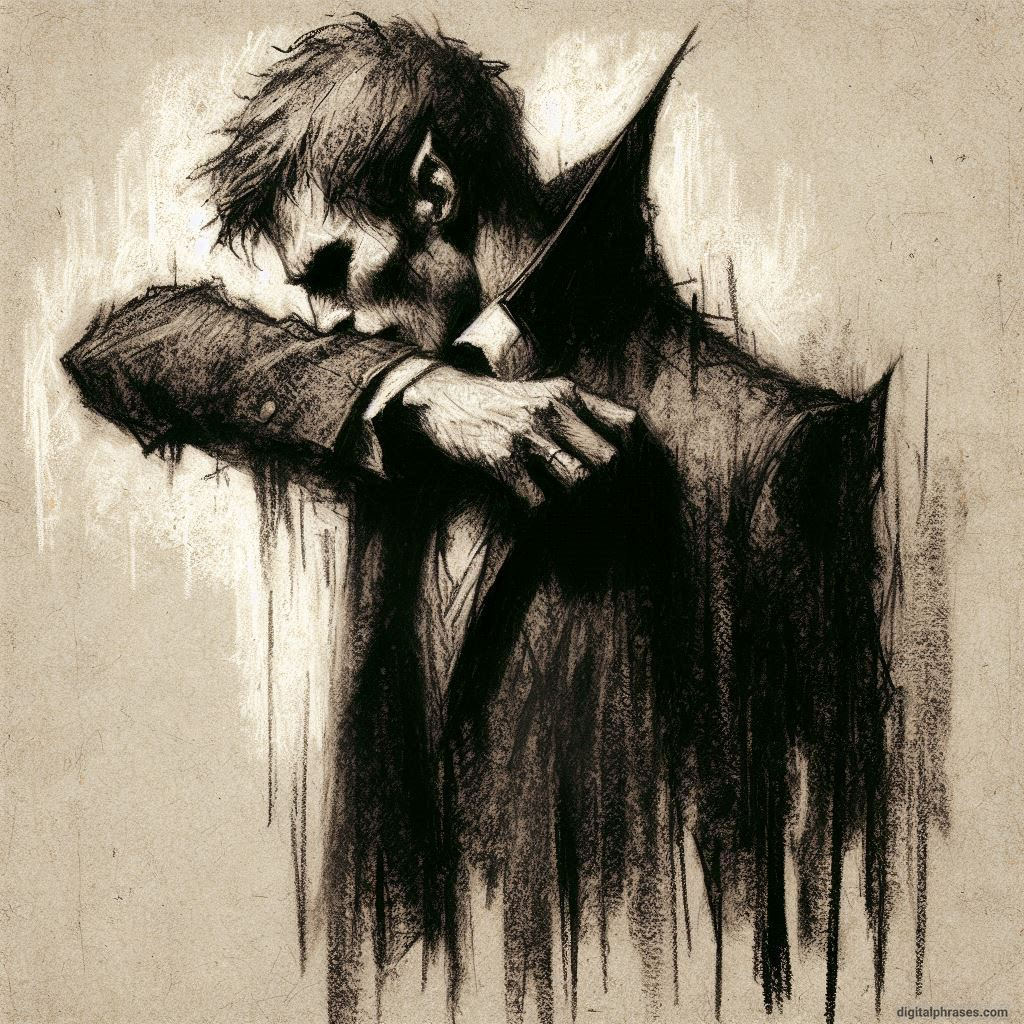
Vampire, Angry, Teeths Out
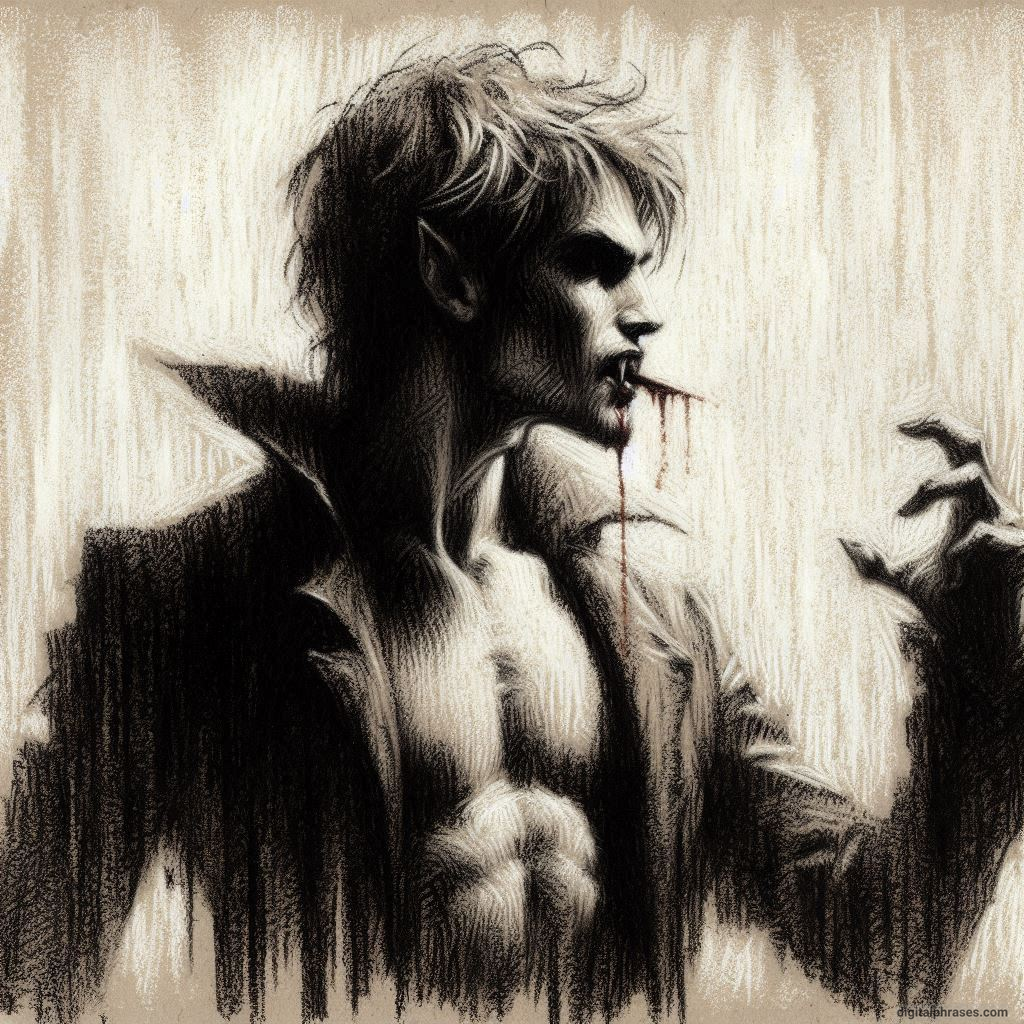
A Vampire Looking at Something Closely
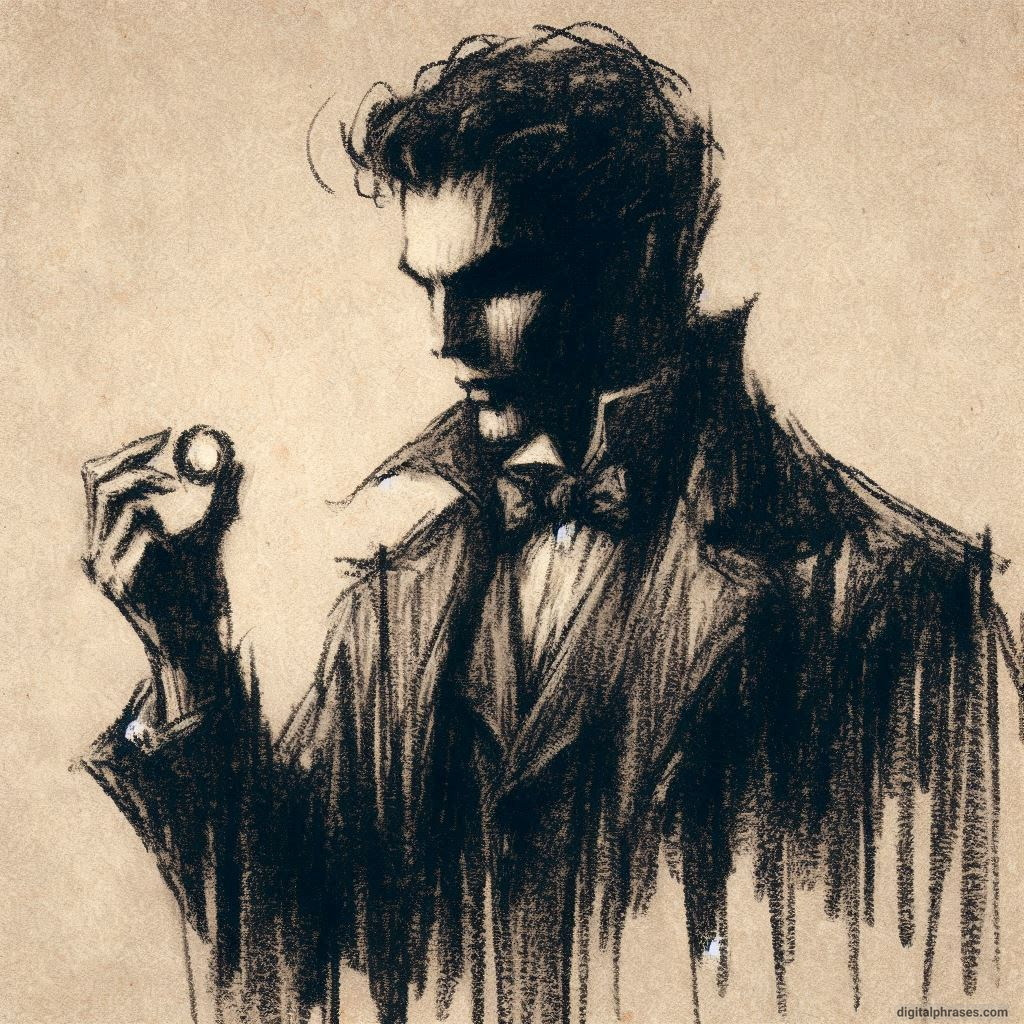
A Smartly Dressed Man Disguised as a Vampire
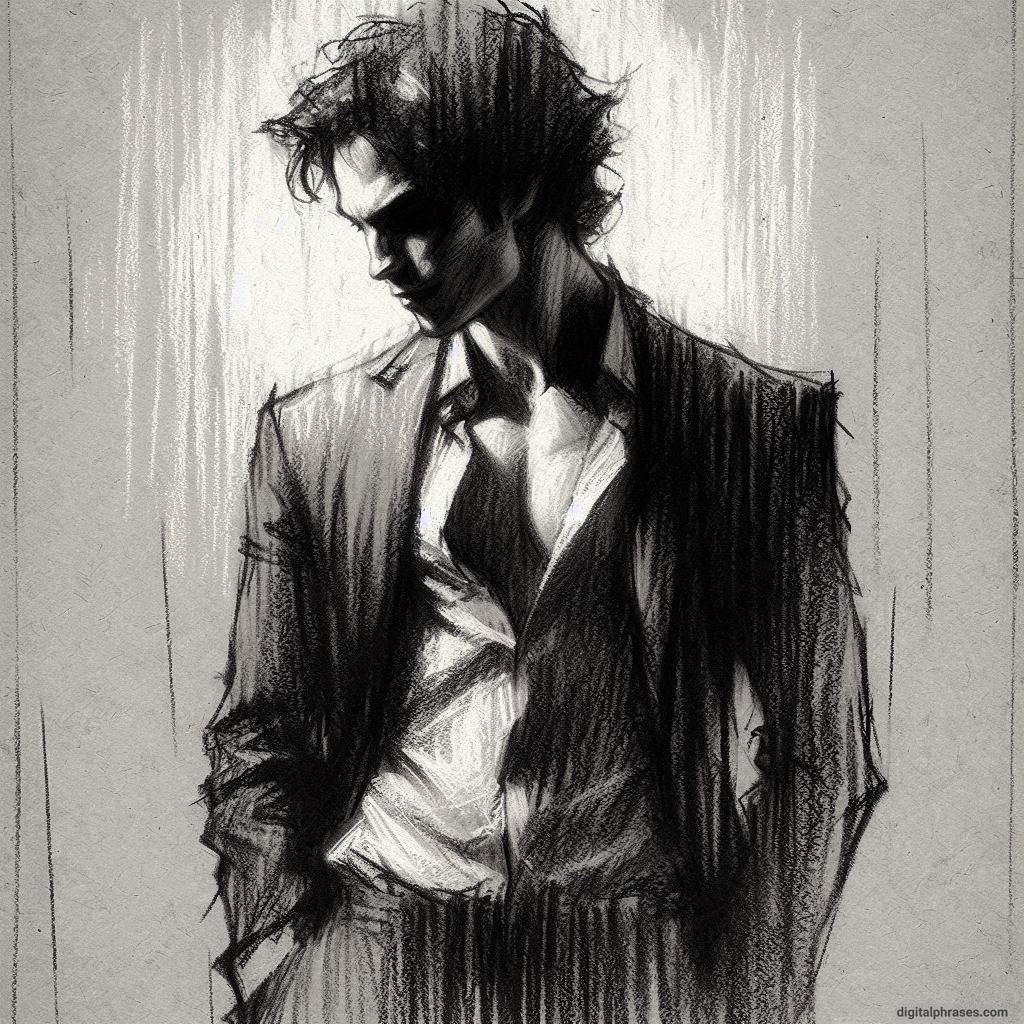
The Vampire in a Battle of All His Glory
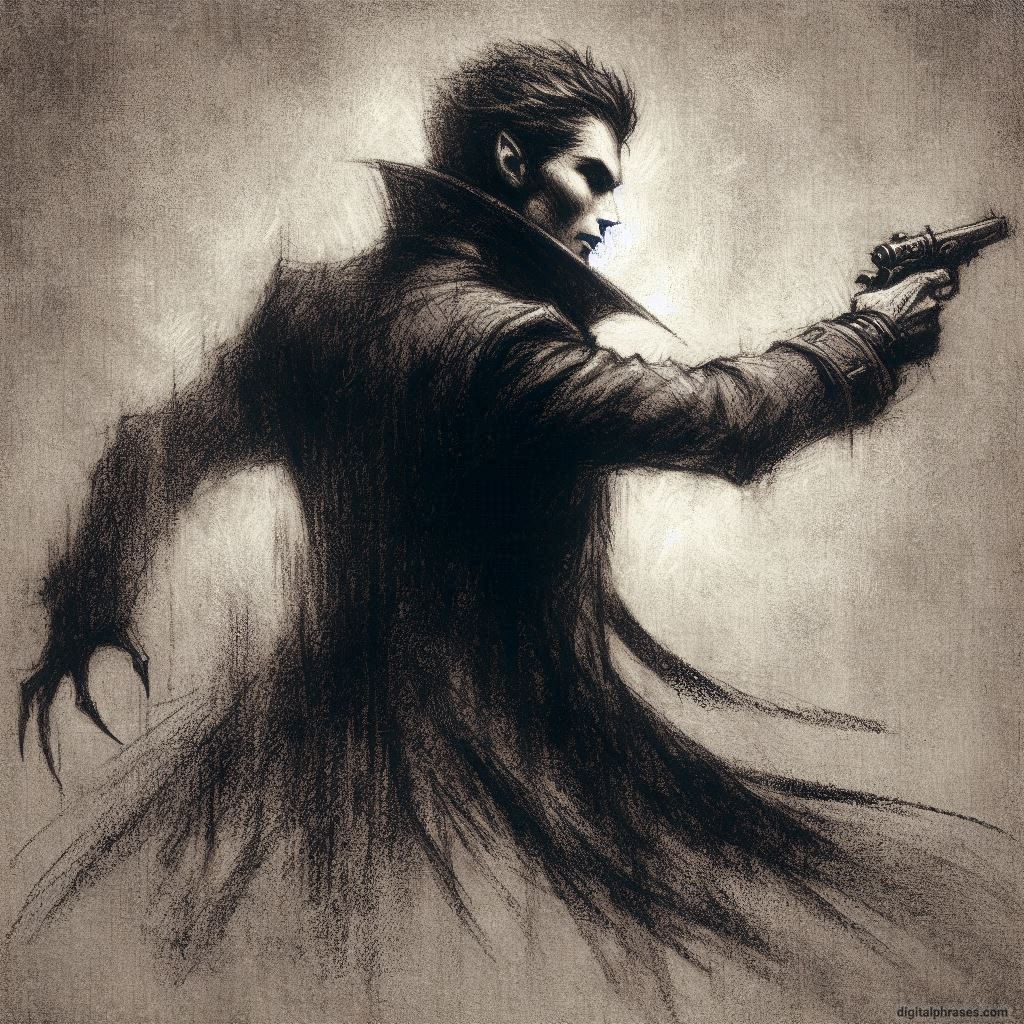
The Vampire, Teeths Out, Praying For Something
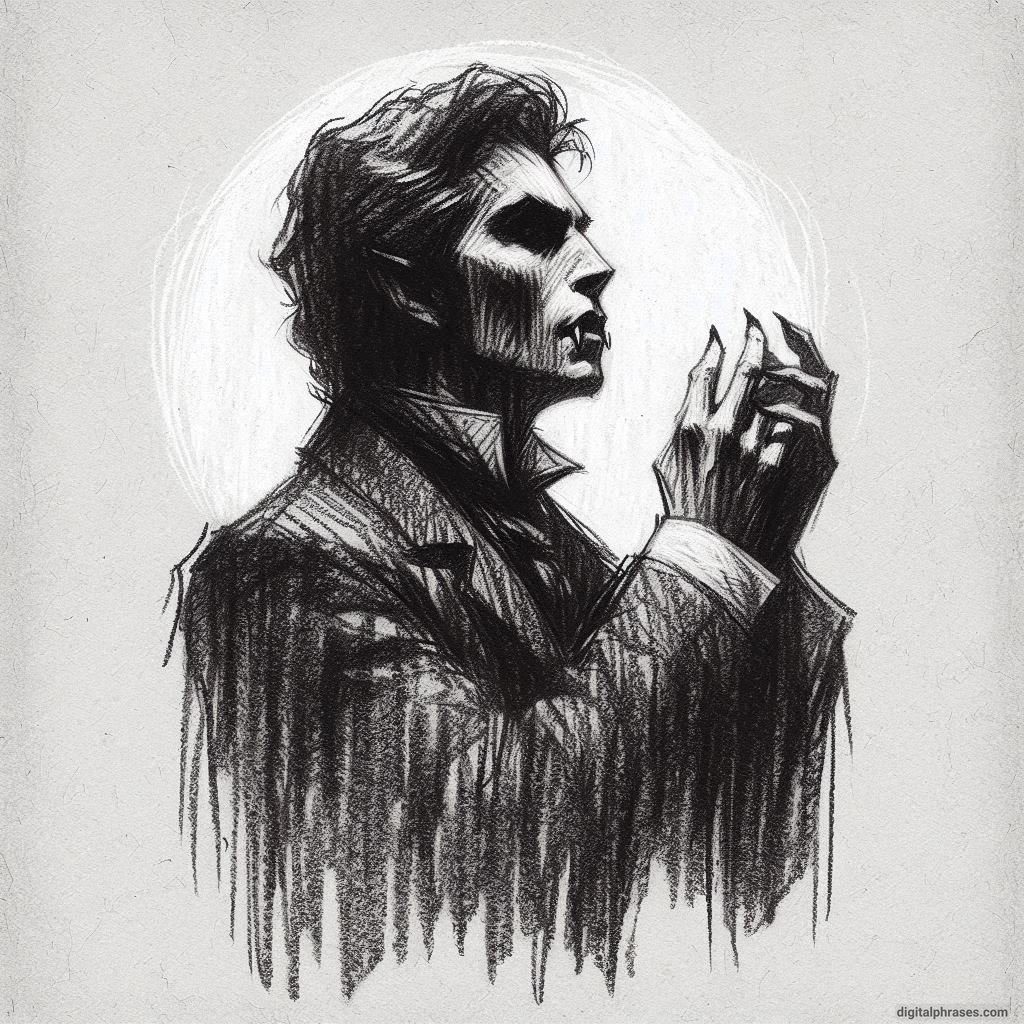
Things To Consider While Drawing a Male Vampire
Drawing a male vampire can be an exciting and creative challenge, allowing artists to explore themes of darkness, mystery, and seduction.
Below you will explore the top things to consider while drawing a male vampire, including character design, facial features, clothing, pose, and setting. By focusing on these elements, you can create a compelling and memorable vampire character that captivates your audience.
1. Character Design: Establishing the Vampire’s Personality and Background
The first step in drawing a male vampire is to establish his character design. This involves considering his personality, background, and the specific type of vampire you want to portray.
Vampires have been depicted in various ways across different cultures and media, ranging from the terrifying Nosferatu to the suave and sophisticated Count Dracula.
Consider the following aspects when designing your vampire:
a. Origin and Backstory
- Cultural Background: Vampires have roots in many cultures, including Eastern European, Asian, and African folklore. Decide whether your vampire has a specific cultural background that influences his appearance and traits.
- Era: Is your vampire from a particular historical period, or is he a modern-day creature of the night? Historical context can greatly influence clothing and style.
- Transformation: How did your vampire become what he is? Was he born a vampire, or was he turned? This can affect his demeanor and how he interacts with the world.
b. Personality Traits
- Predatory vs. Romantic: Decide if your vampire is more of a predator, focused on hunting and survival, or if he has a romantic, seductive side.
- Moral Alignment: Is he a villainous character, or does he struggle with his vampiric nature and seek redemption?
- Unique Quirks: Give your vampire unique characteristics or habits that set him apart from typical vampire tropes, such as a love for music or a disdain for technology.
2. Facial Features: Crafting a Memorable Vampire Face
A vampire’s face is one of his most defining features, conveying both his otherworldly nature and his character.
Consider the following when designing your vampire’s facial features:
a. Eyes
- Color: Vampires often have striking eyes that draw in their prey. Consider using unusual colors like crimson, deep violet, or glowing gold.
- Shape: Sharp, angular eyes can convey cunning and danger, while softer eyes might suggest a more romantic or tragic character.
- Expression: A vampire’s gaze can be intense and hypnotic or cold and calculating, depending on his personality.
b. Fangs
- Size and Sharpness: Decide on the size and prominence of the vampire’s fangs. Are they always visible, or do they only appear when he’s about to feed?
- Placement: Traditional vampire fangs are usually the canine teeth, but you can experiment with different placements for a unique look.
c. Skin Tone and Texture
- Pale Complexion: Vampires are often depicted with pale skin, reflecting their undead nature and avoidance of sunlight.
- Smooth or Textured: Consider whether the vampire’s skin is smooth and flawless or has a more rugged, textured appearance, possibly hinting at his age or battles fought.
d. Hairstyle
- Length and Style: Vampires are often depicted with long, flowing hair, but short, modern styles can also be effective.
- Color: Dark hair colors like black or deep brown are common, but white or silver hair can create a striking contrast with the vampire’s eyes and skin.
3. Clothing: Dressing the Vampire in Style
Clothing plays a crucial role in defining a vampire’s character and setting the scene. When designing your vampire’s attire, consider the following:
a. Era-Appropriate Fashion
- Historical Accuracy: If your vampire hails from a particular historical period, research the clothing styles of that era to create an authentic look.
- Modern Twist: Consider giving traditional vampire clothing a modern twist, such as combining a classic Victorian coat with contemporary accessories.
b. Color Scheme
- Dark and Dramatic: Vampires are often associated with dark colors like black, deep red, and midnight blue. These colors enhance the character’s mysterious and sinister aura.
- Accent Colors: Use accent colors to highlight certain features or accessories, such as a blood-red scarf or a silver brooch.
c. Fabrics and Textures
- Luxurious Materials: Vampires are often depicted wearing luxurious materials like silk, velvet, or leather, reflecting their sophistication and status.
- Weathered and Worn: For a more rugged or ancient vampire, consider using weathered or tattered clothing to hint at his long existence.
d. Accessories
- Jewelry: Consider adding jewelry, such as rings, necklaces, or earrings, to give your vampire a sense of wealth and refinement.
- Capes and Coats: Capes and long coats are classic vampire staples that add drama and movement to the character’s silhouette.
4. Pose: Capturing the Vampire’s Essence
The pose you choose for your vampire drawing can greatly impact the overall impression of the character. Consider the following when selecting a pose:
a. Confidence and Authority
- Stance: A confident, powerful stance can convey the vampire’s dominance and strength. Consider a wide stance with arms crossed or hands on hips.
- Posture: An upright, regal posture can suggest nobility and sophistication, while a more relaxed posture might indicate a laid-back or casual demeanor.
b. Predatory Nature
- Action Poses: Capture the vampire’s predatory nature with dynamic action poses, such as crouching, leaping, or stalking.
- Tension: Add tension to the pose by emphasizing muscles or creating a sense of movement, suggesting that the vampire is ready to strike at any moment.
c. Seduction and Mystery
- Graceful Movements: Convey the vampire’s seductive side with graceful, fluid poses that draw the viewer in.
- Enigmatic Gestures: Use subtle, enigmatic gestures, such as a beckoning finger or a tilted head, to create an air of mystery and allure.
5. Setting: Creating an Atmospheric Background
The setting of your vampire drawing can enhance the mood and narrative of the piece. Consider the following when designing the background:
a. Gothic Elements
- Architecture: Incorporate Gothic architecture, such as pointed arches, stained glass windows, and elaborate stone carvings, to create a classic vampire setting.
- Graveyards: A cemetery or crypt can add an eerie, haunting atmosphere to the scene, emphasizing the vampire’s connection to death and the supernatural.
b. Natural Environments
- Forests: A moonlit forest or misty woodland can create a sense of isolation and mystery, perfect for a vampire encounter.
- Urban Settings: For a modern vampire, consider an urban setting with dark alleyways, neon lights, or towering skyscrapers.
c. Atmospheric Effects
- Lighting: Use dramatic lighting to highlight the vampire and create shadows that enhance the mood of the piece. Moonlight, candlelight, or streetlights can all add depth and intrigue.
- Weather: Consider adding weather effects, such as fog, rain, or snow, to create a more immersive and atmospheric setting.
d. Symbolic Elements
- Bats and Wolves: Incorporate animals often associated with vampires, such as bats or wolves, to reinforce the character’s connection to the supernatural.
- Religious Symbols: Crosses, holy water, or other religious symbols can add tension and conflict, especially if the vampire is portrayed as a villain.
By focusing on character design, facial features, clothing, pose, and setting, you can create a captivating and memorable vampire character that resonates with your audience.
Whether you’re inspired by classic Gothic tales or modern interpretations, these considerations will help you bring your vampire to life on the page.
Happy drawing!



